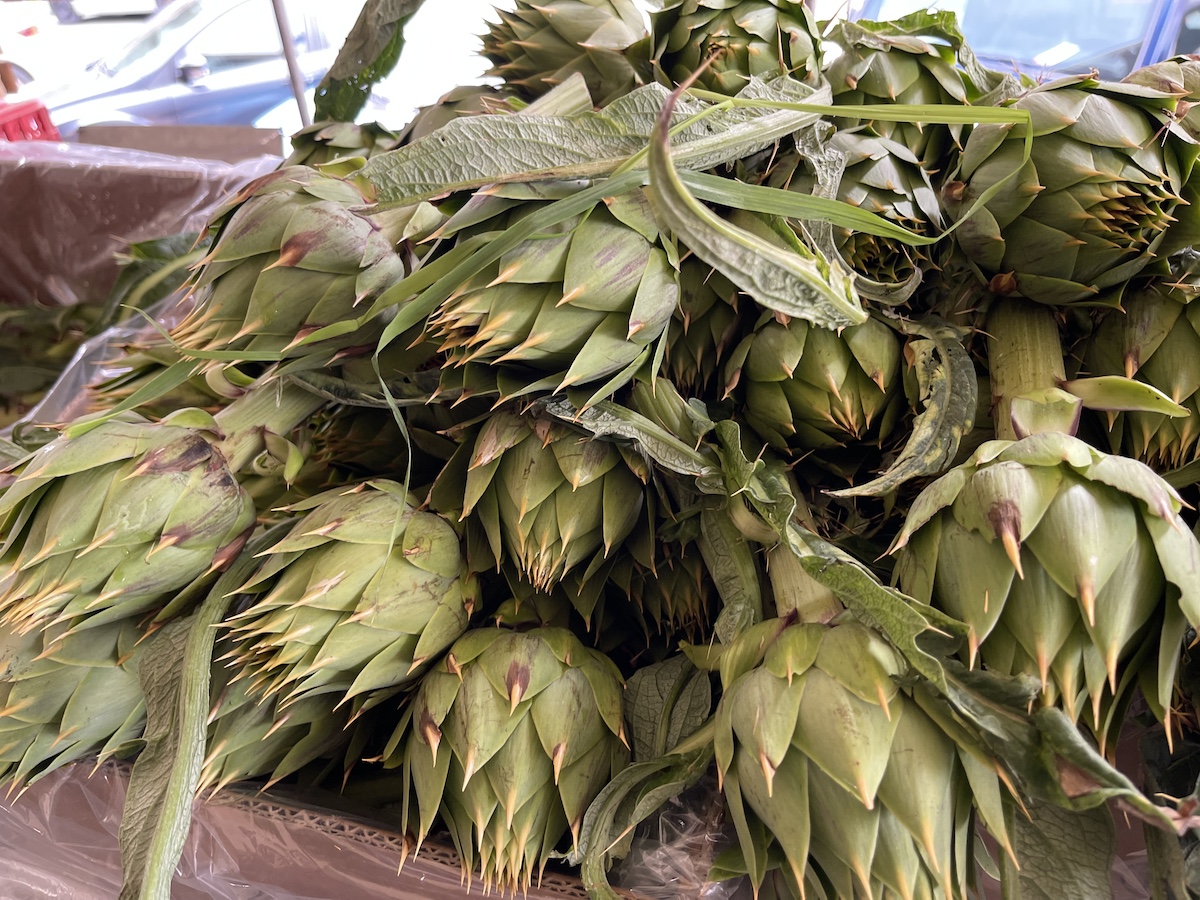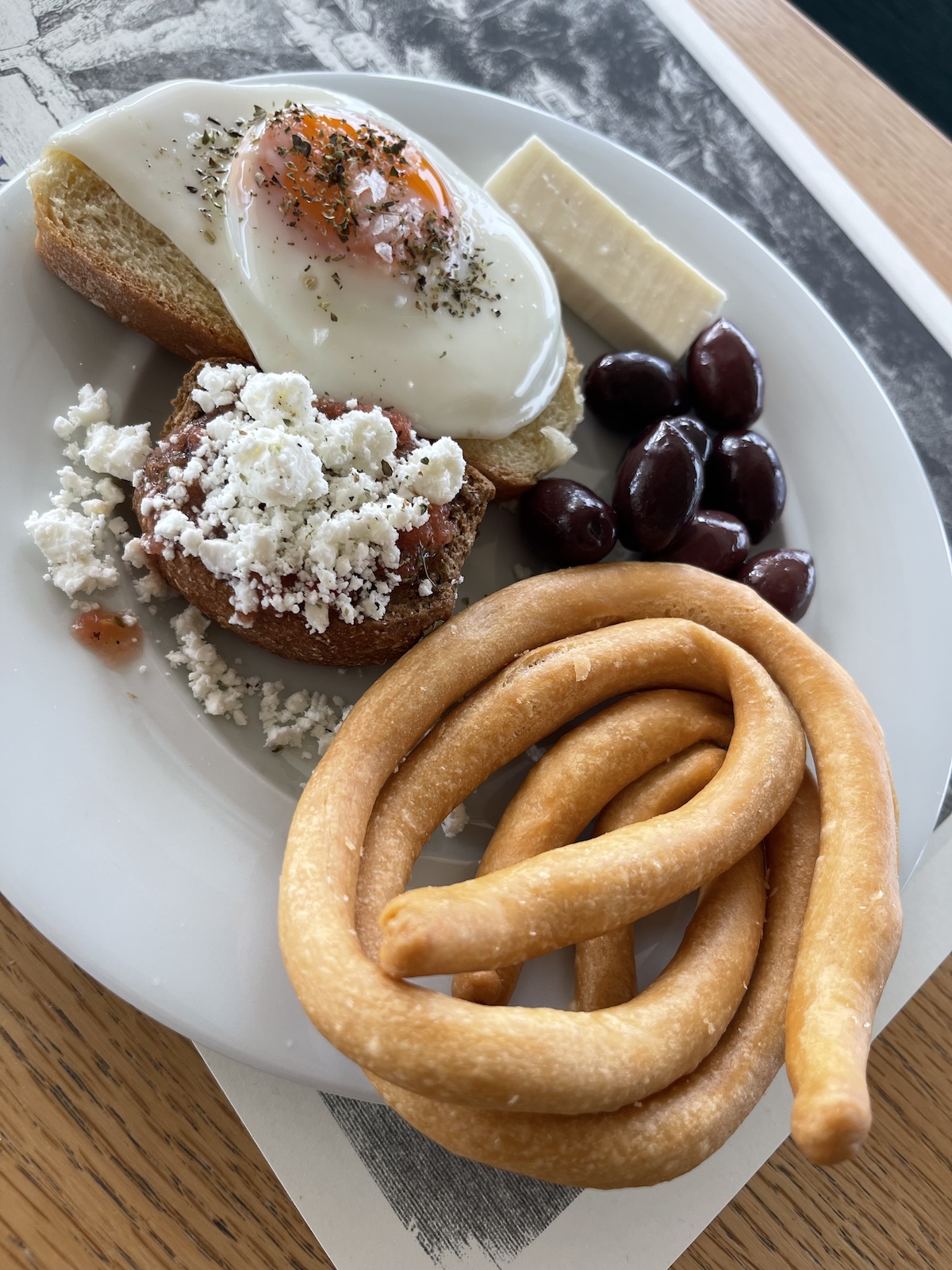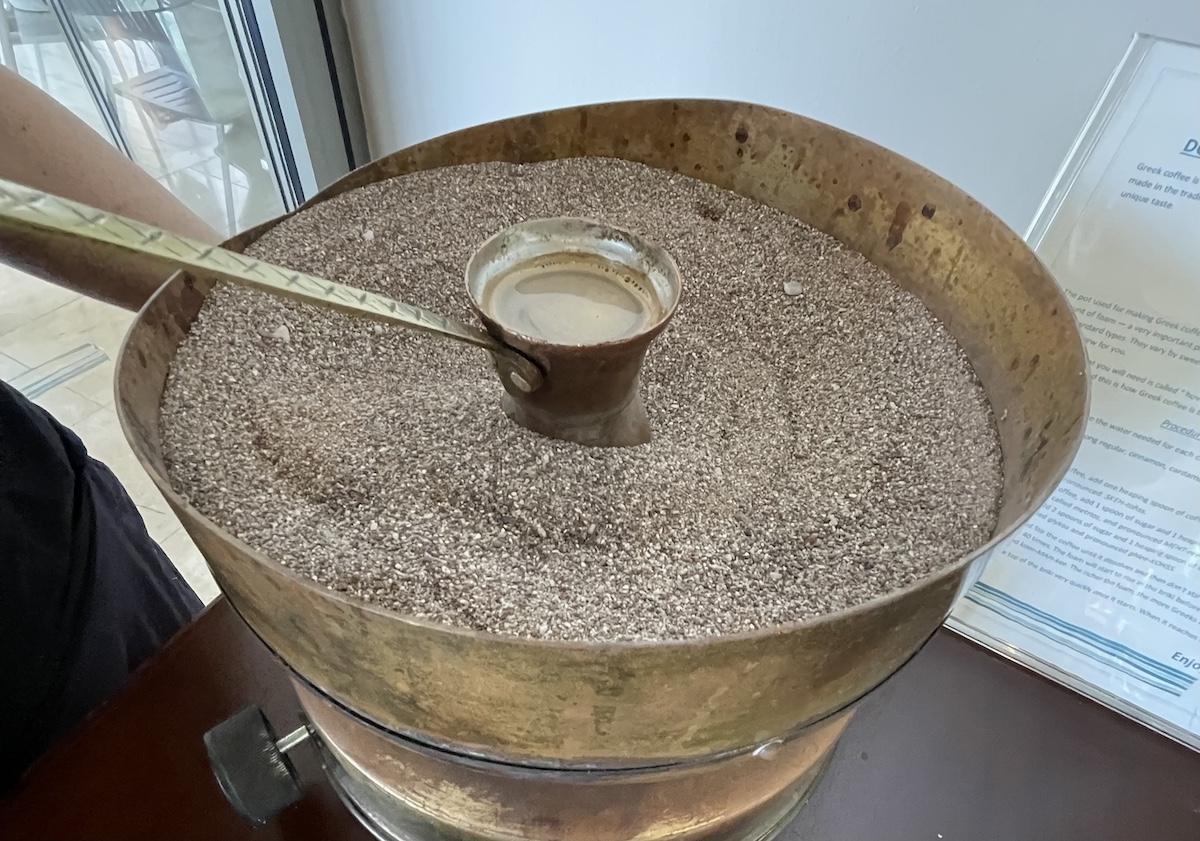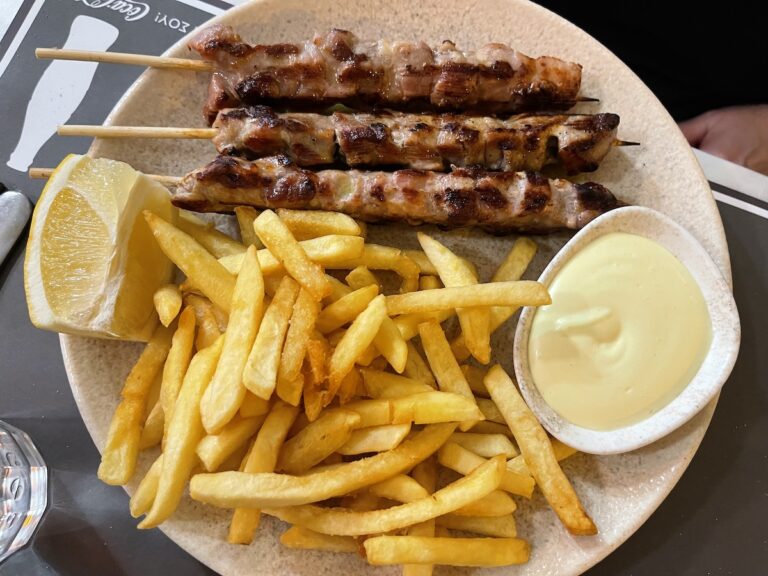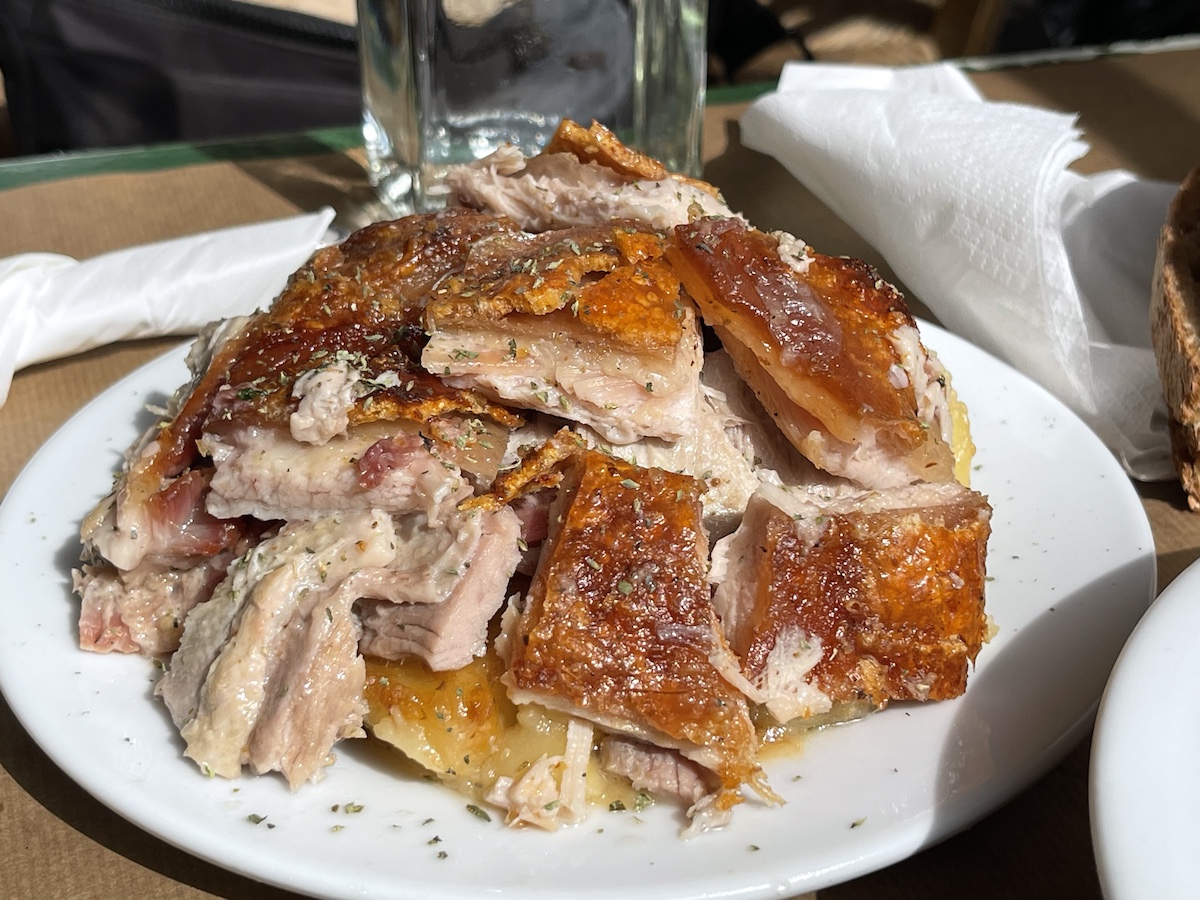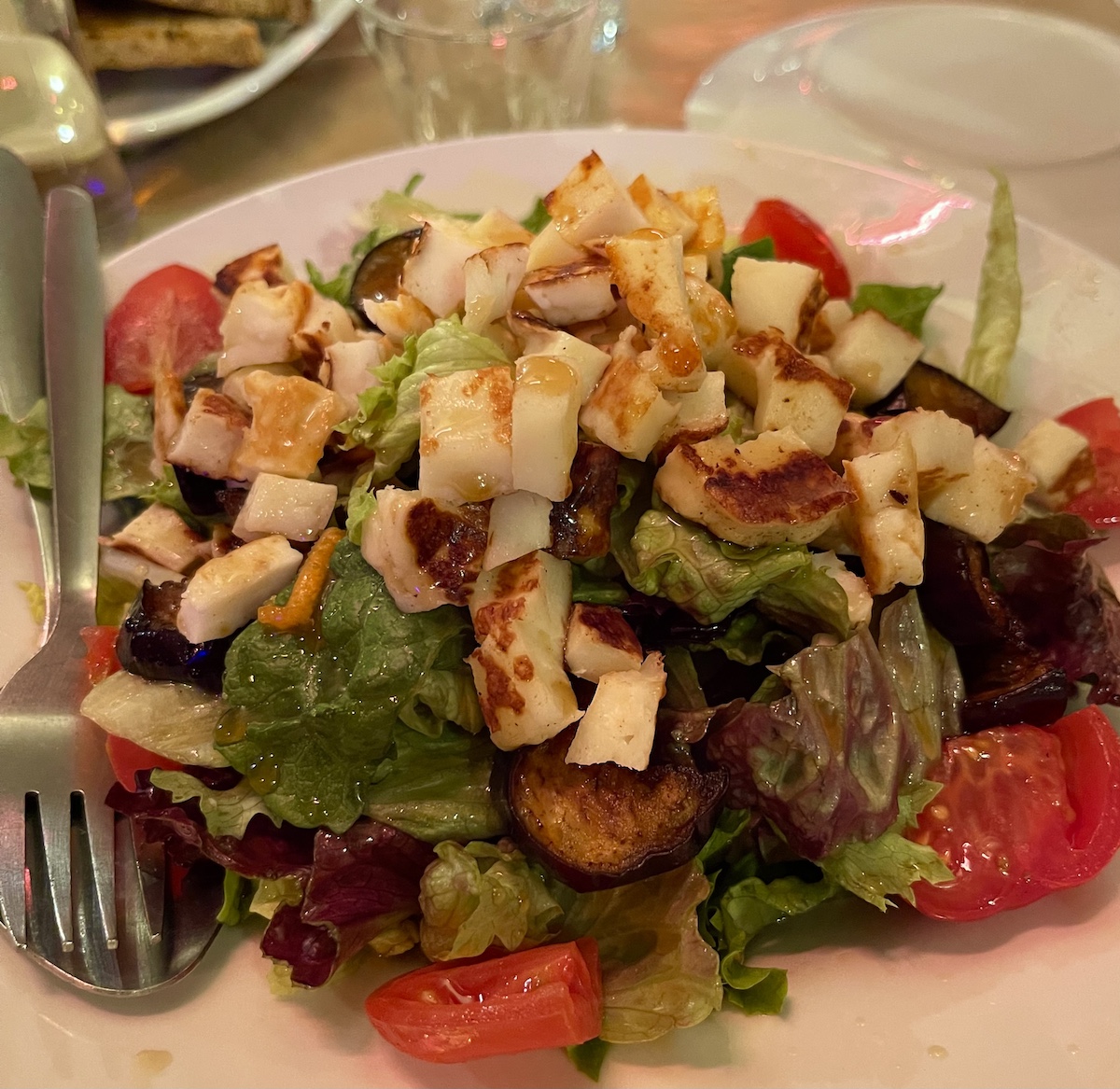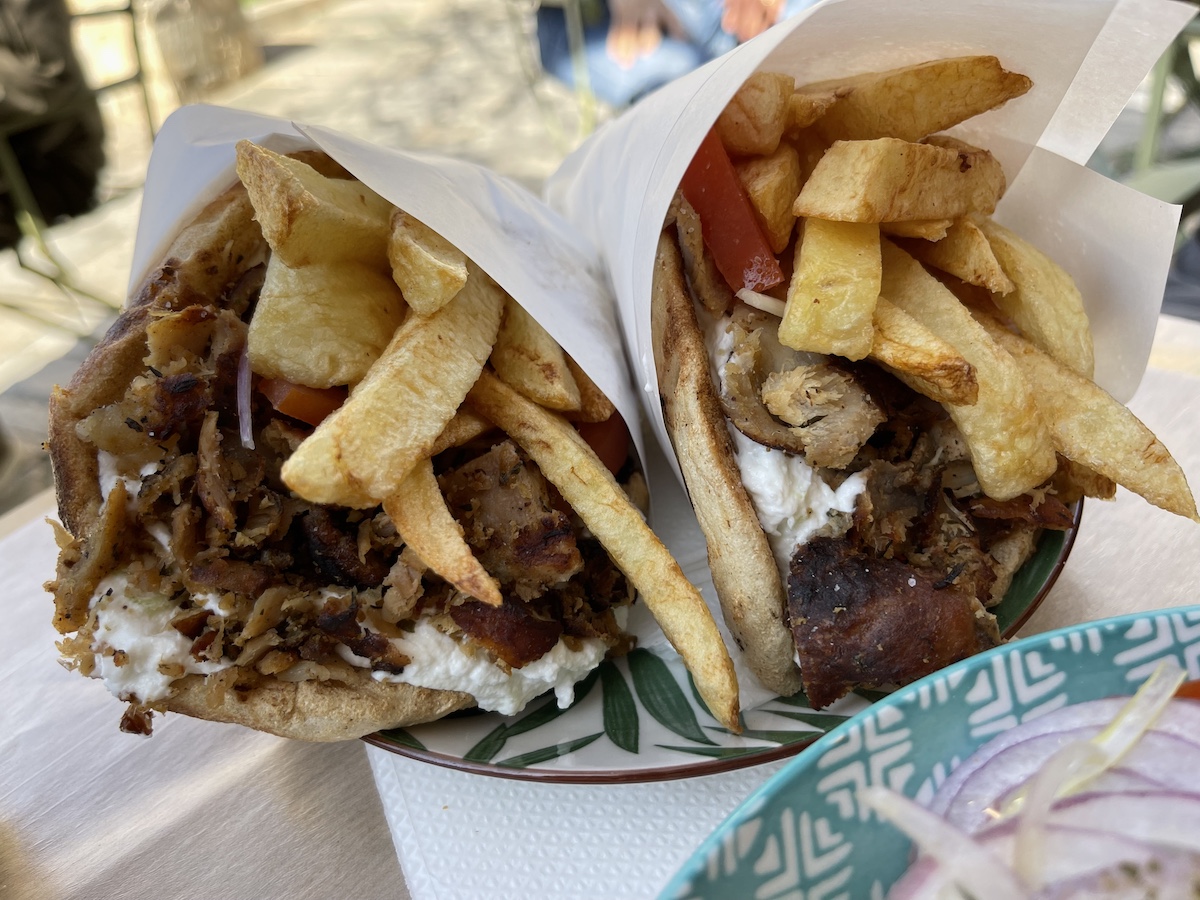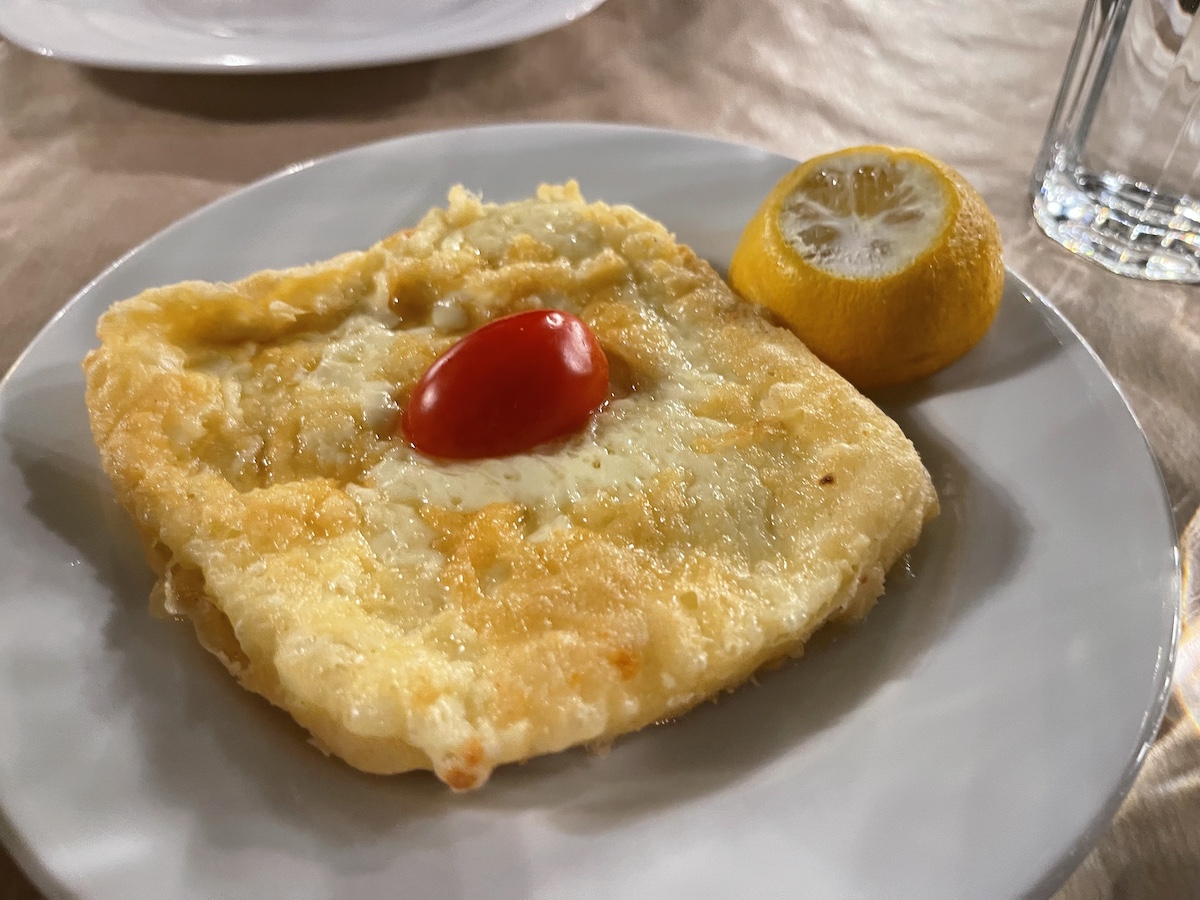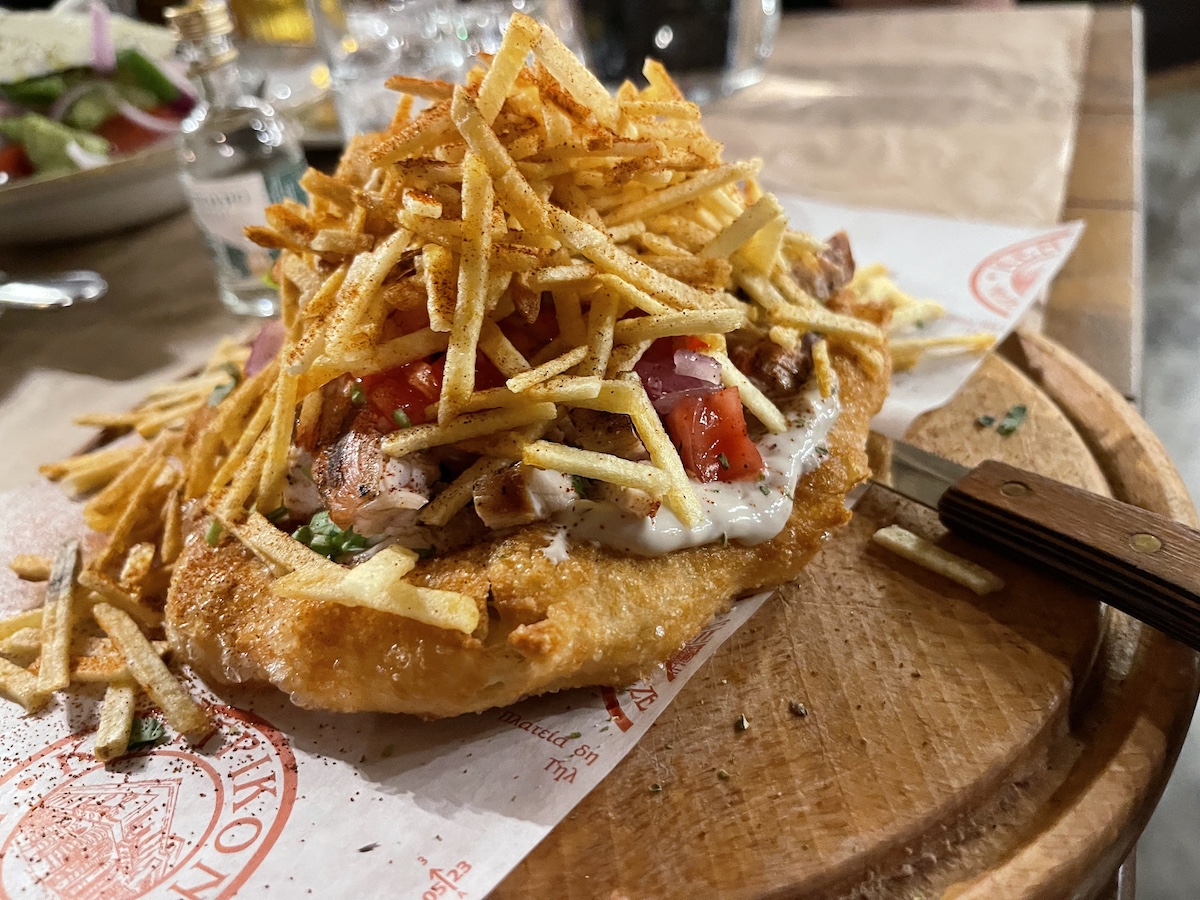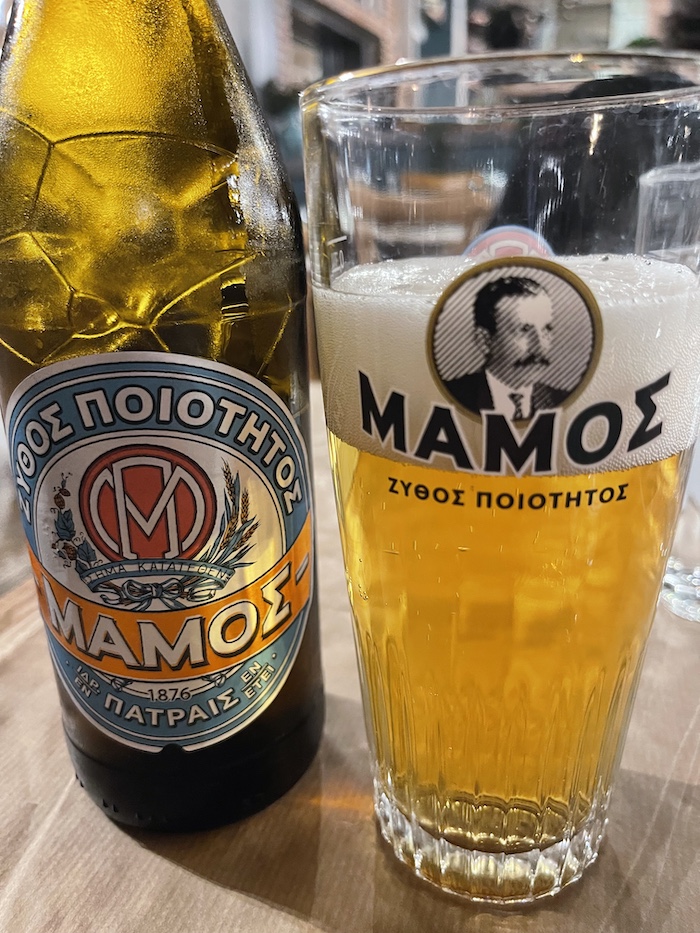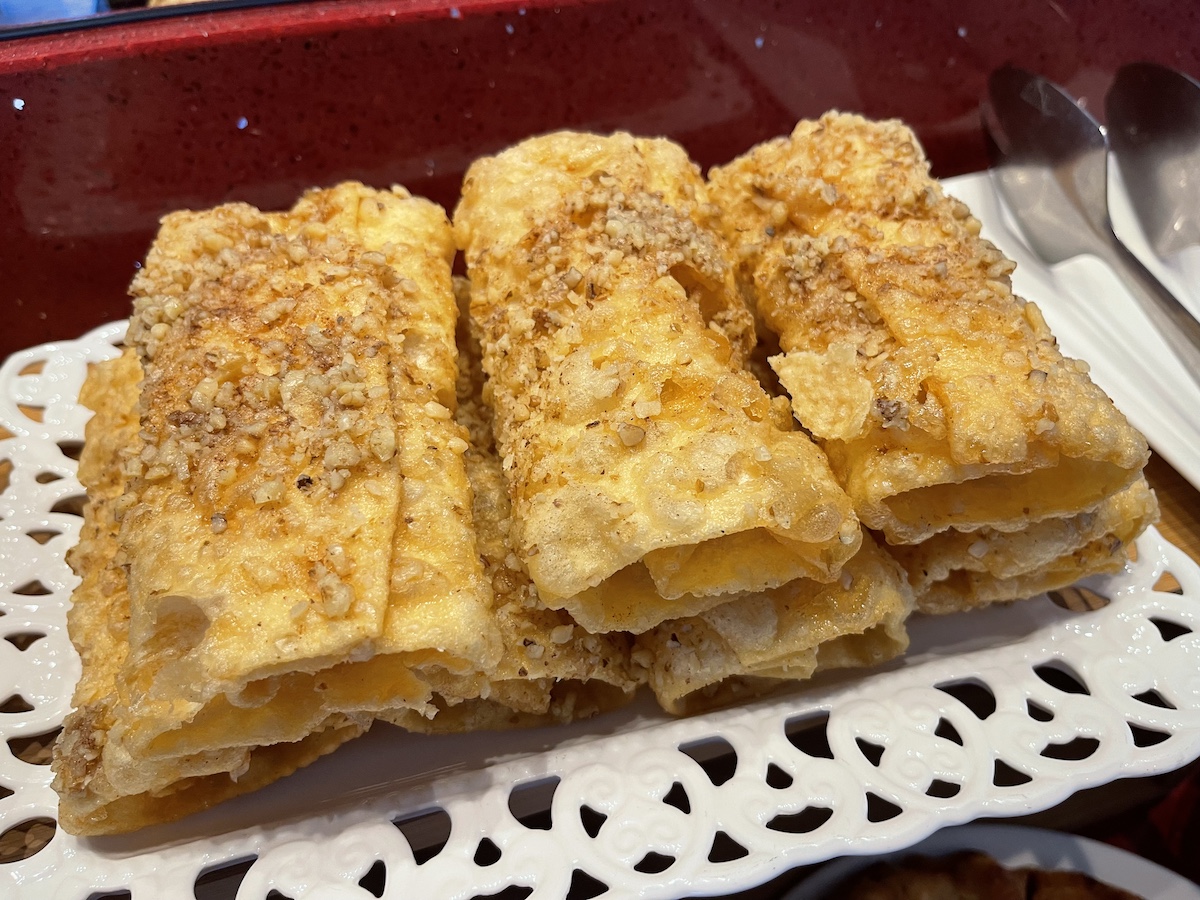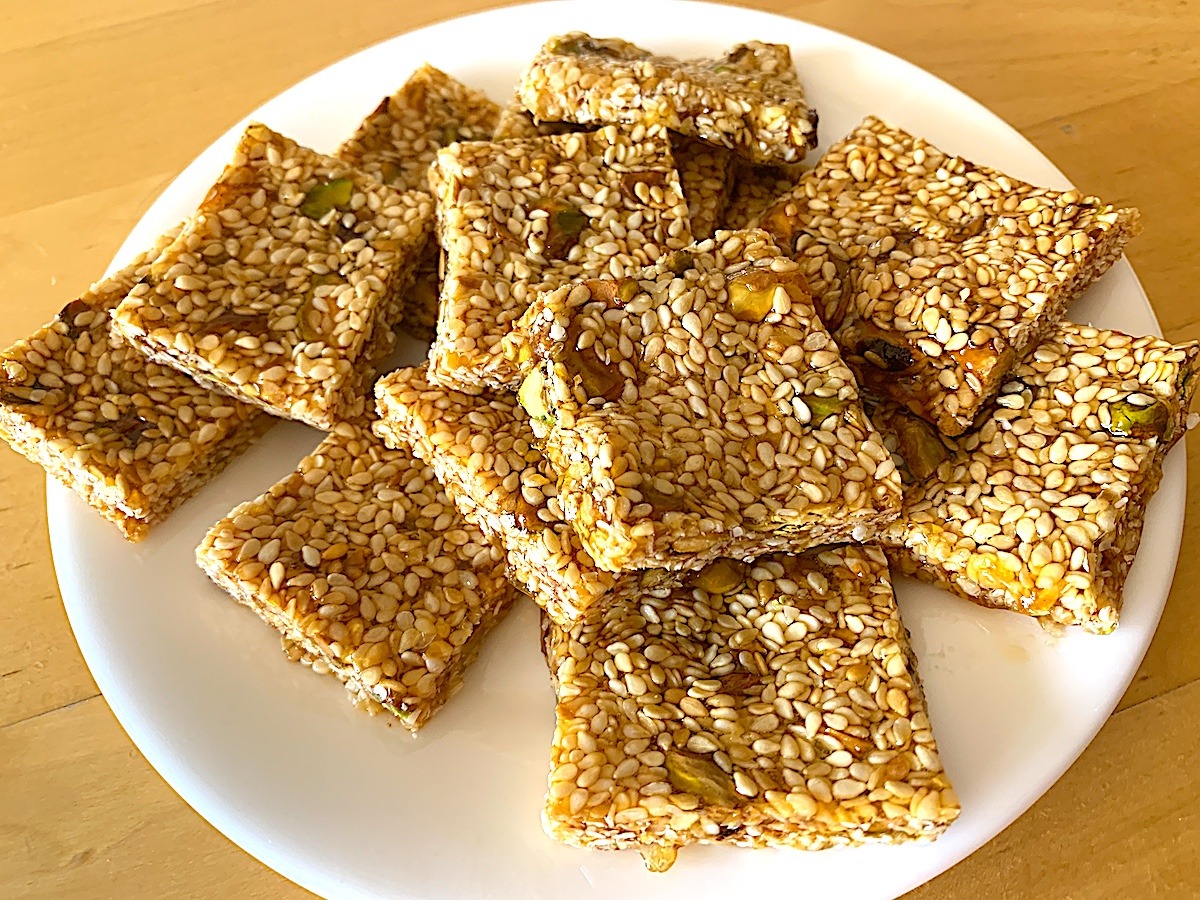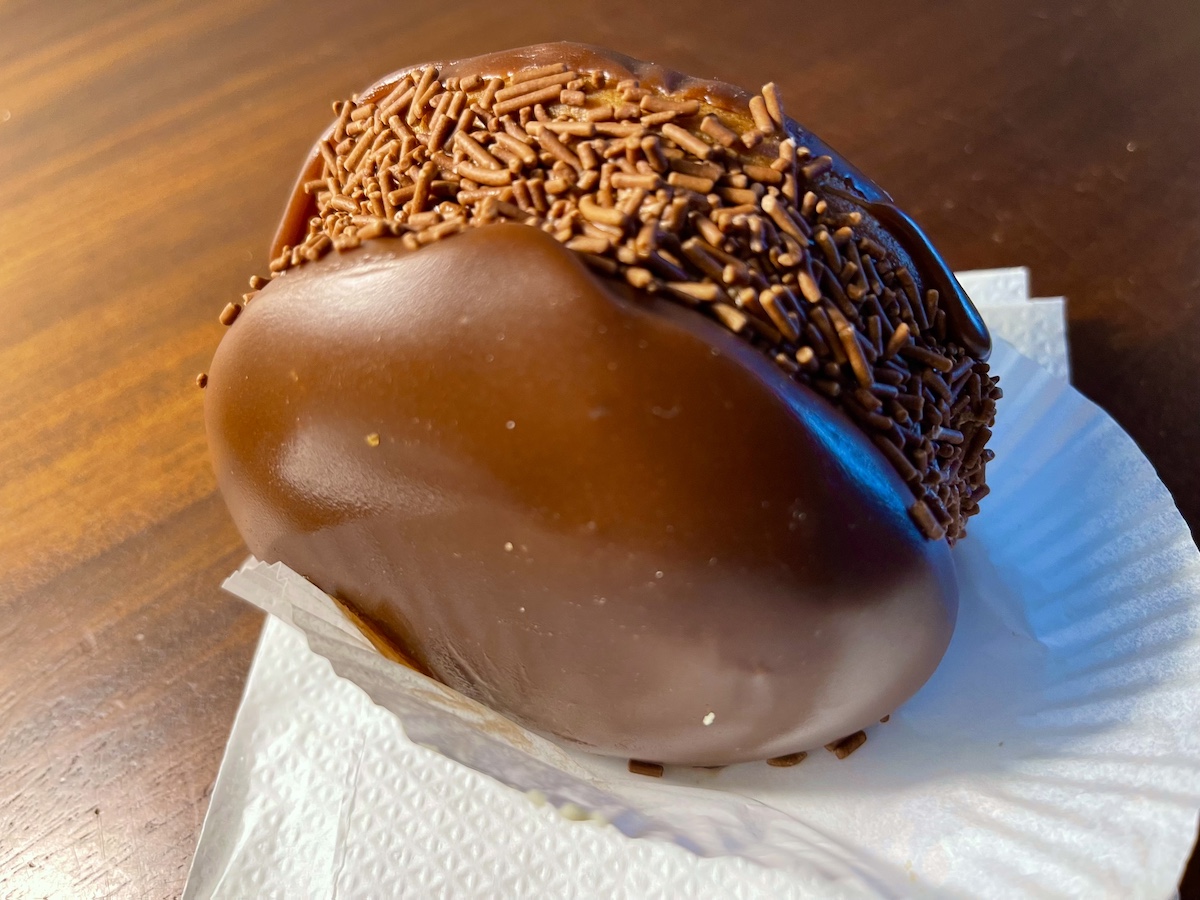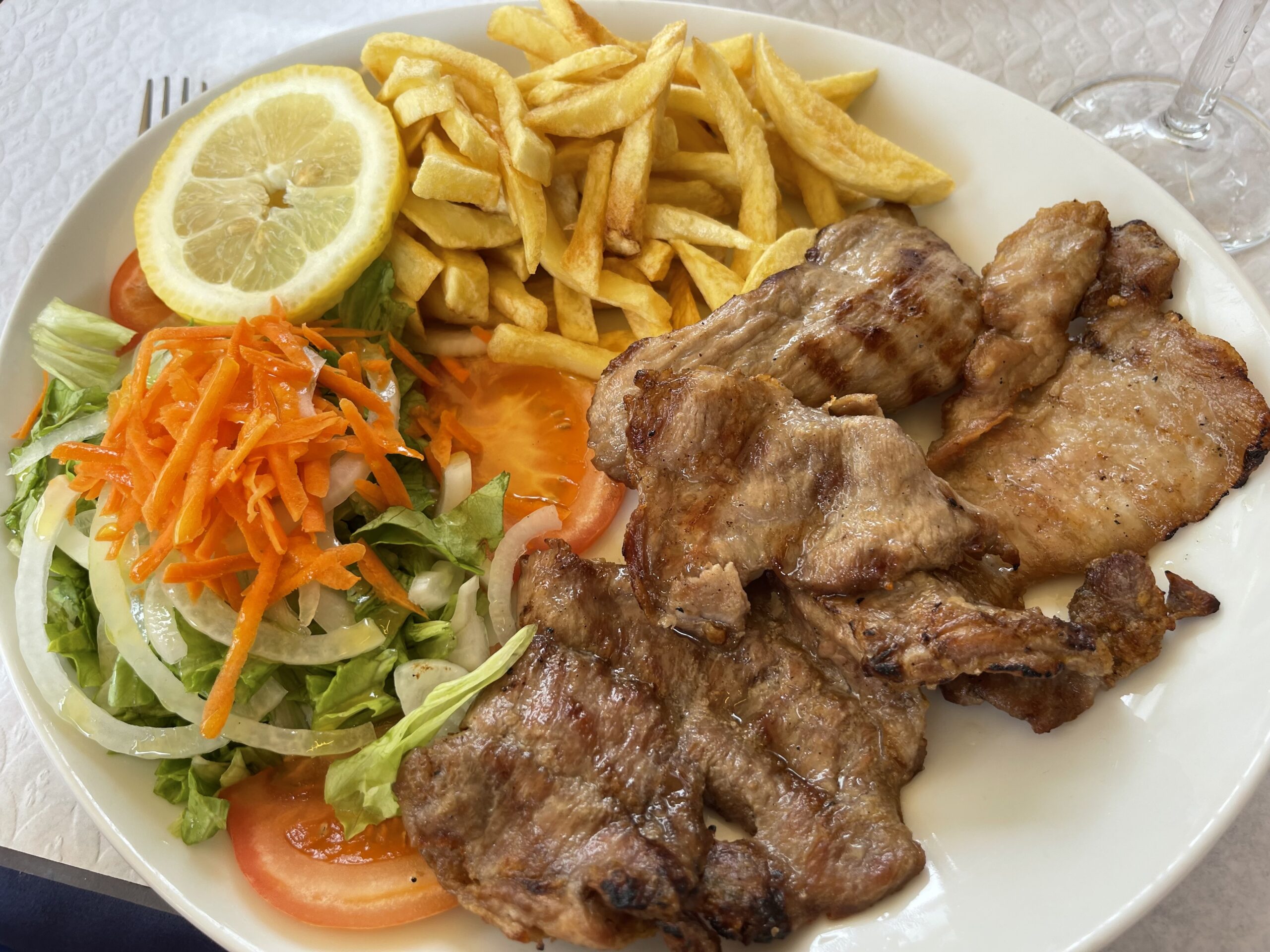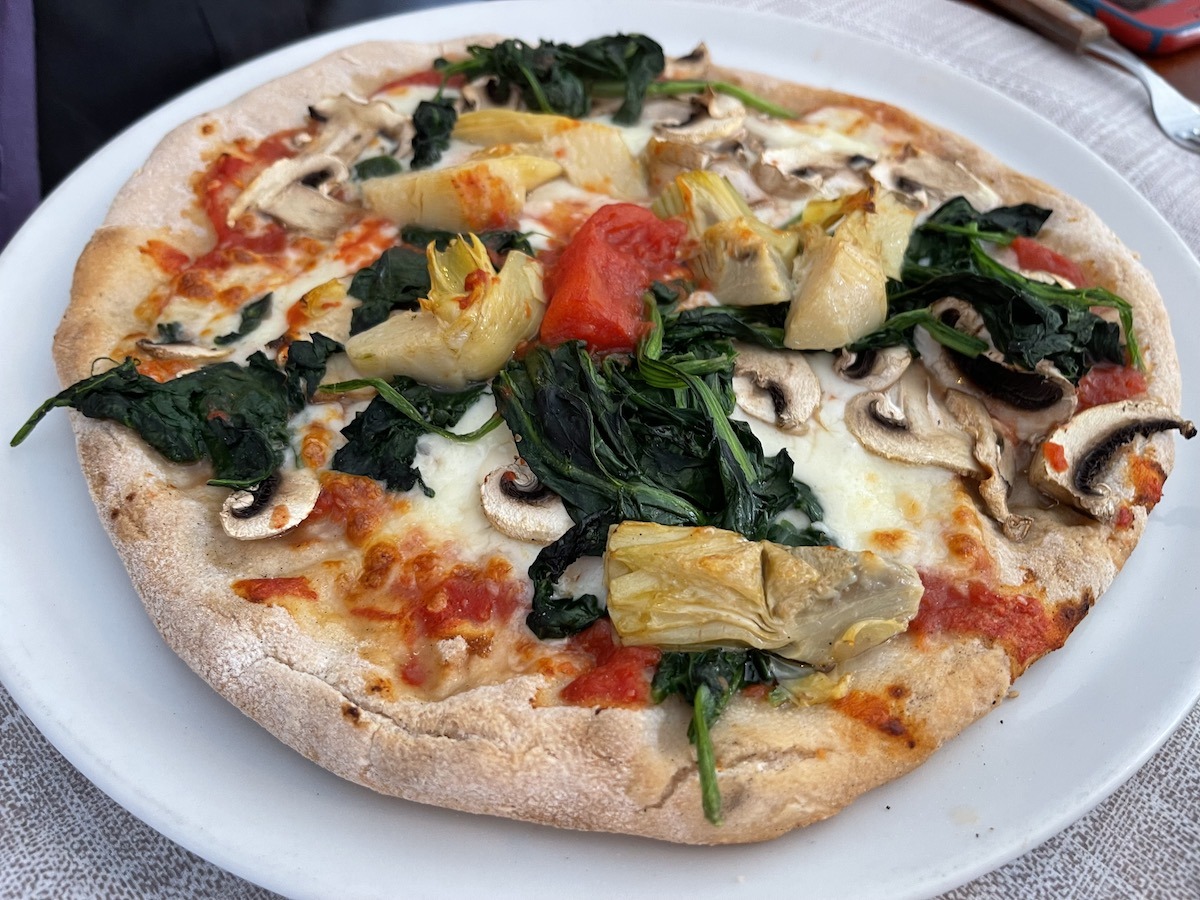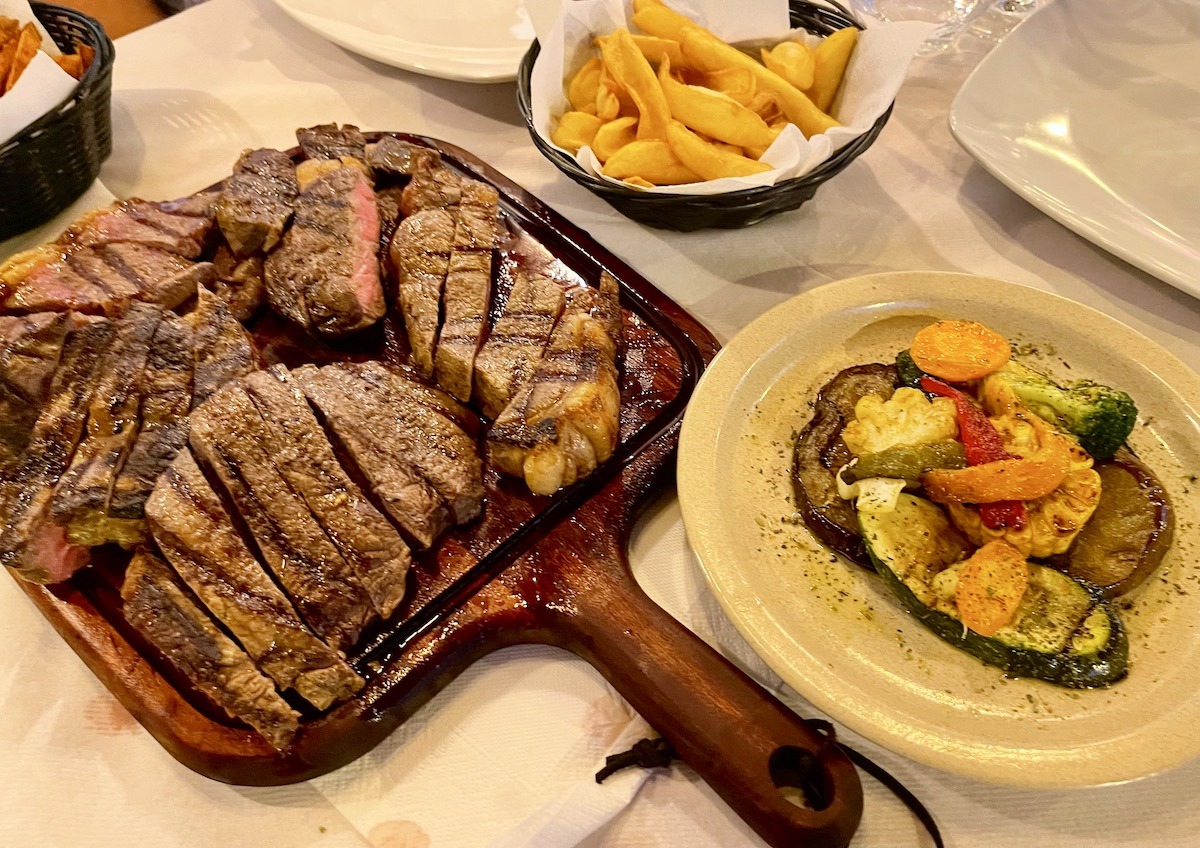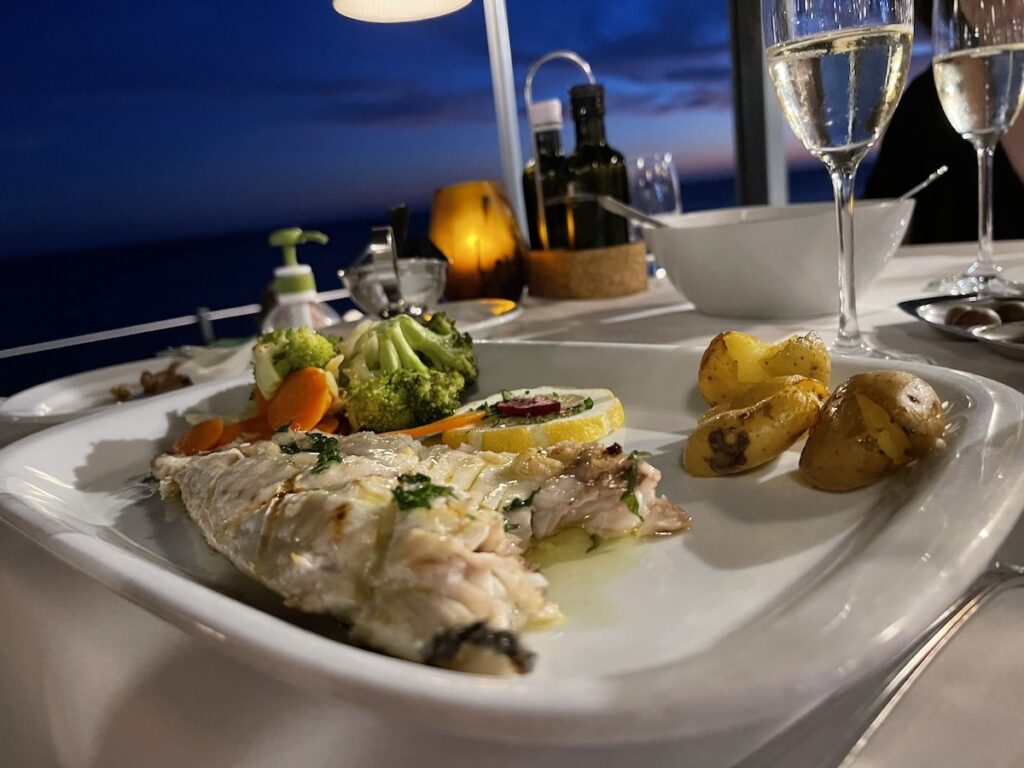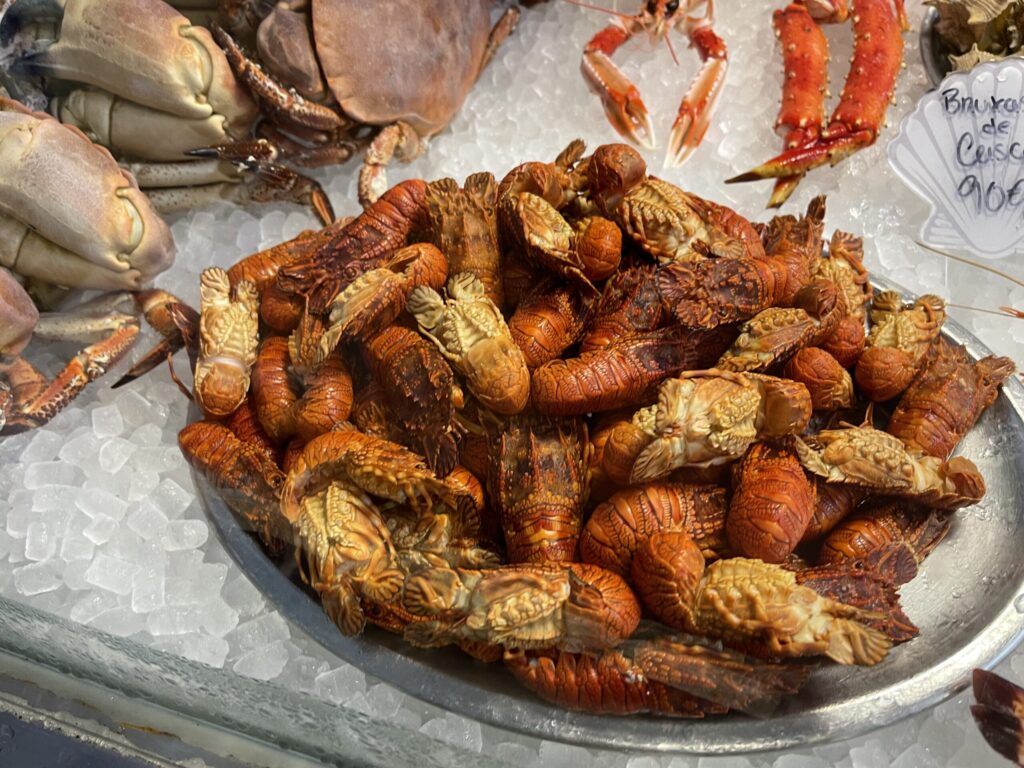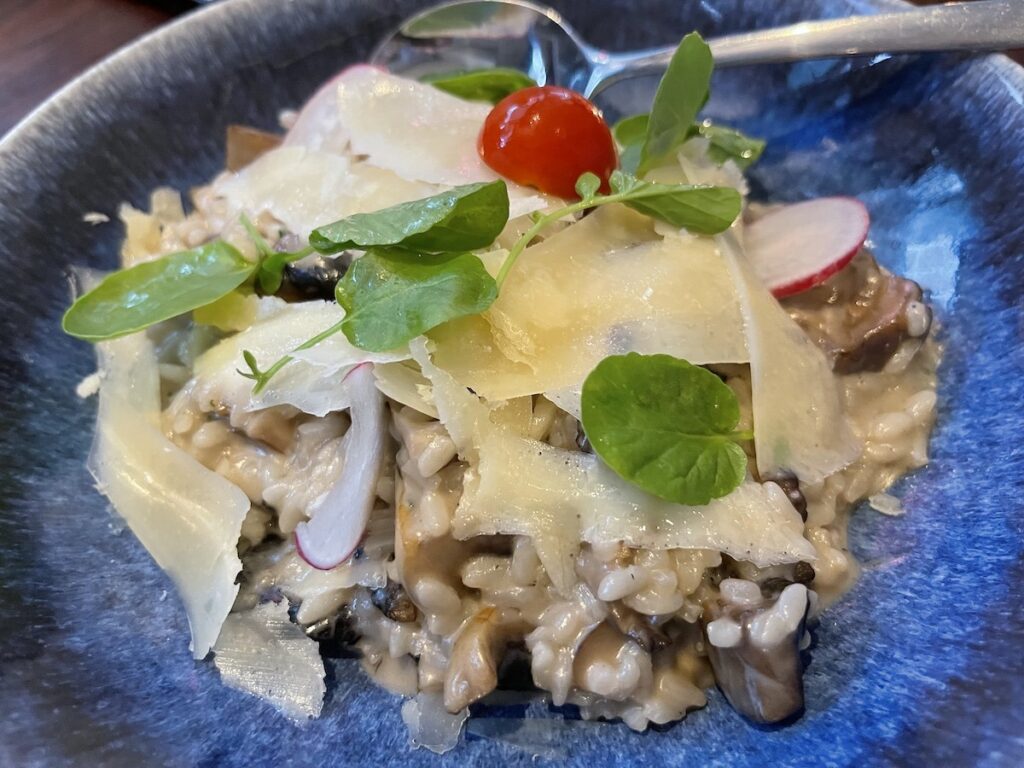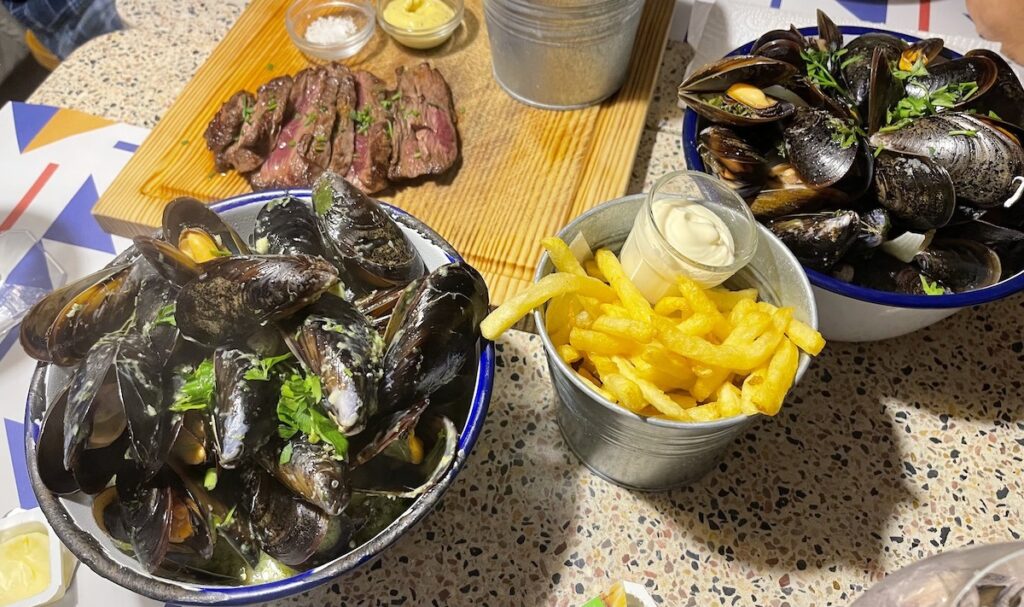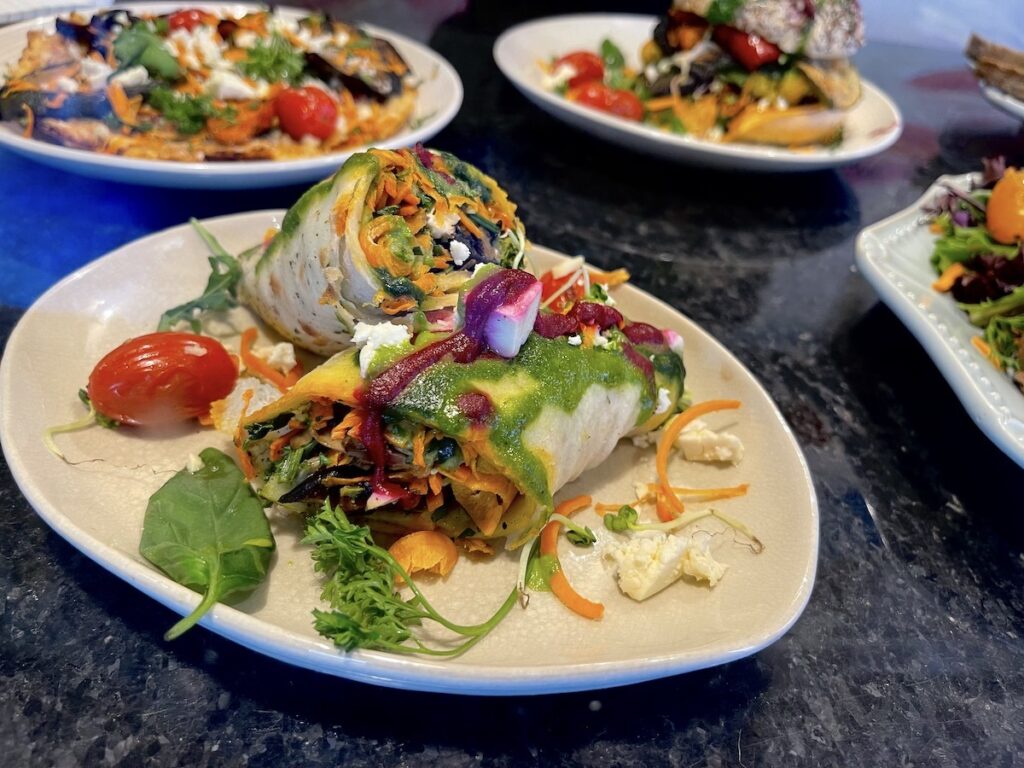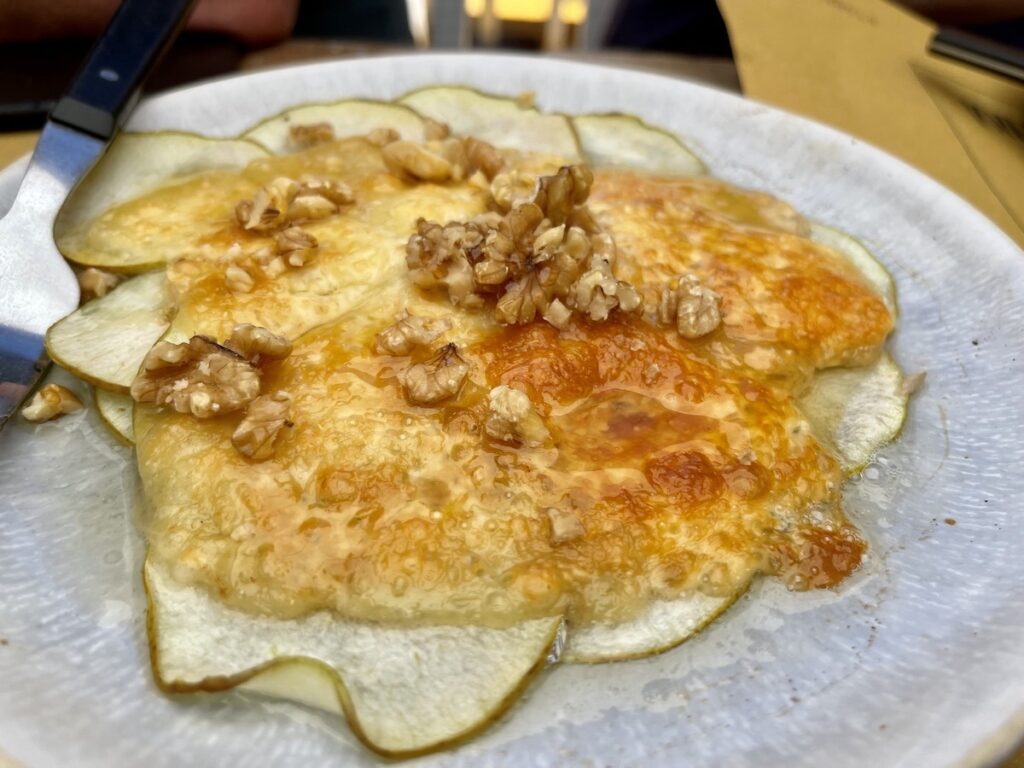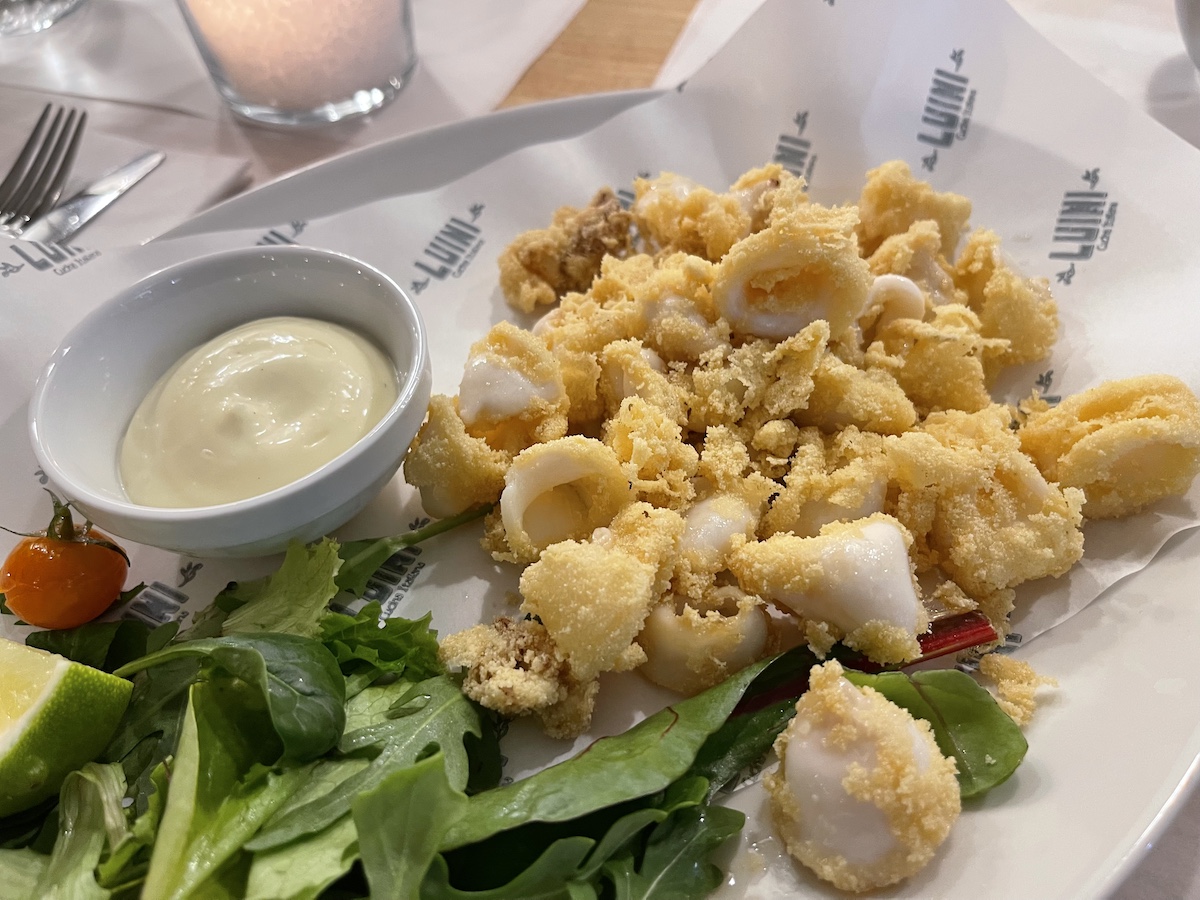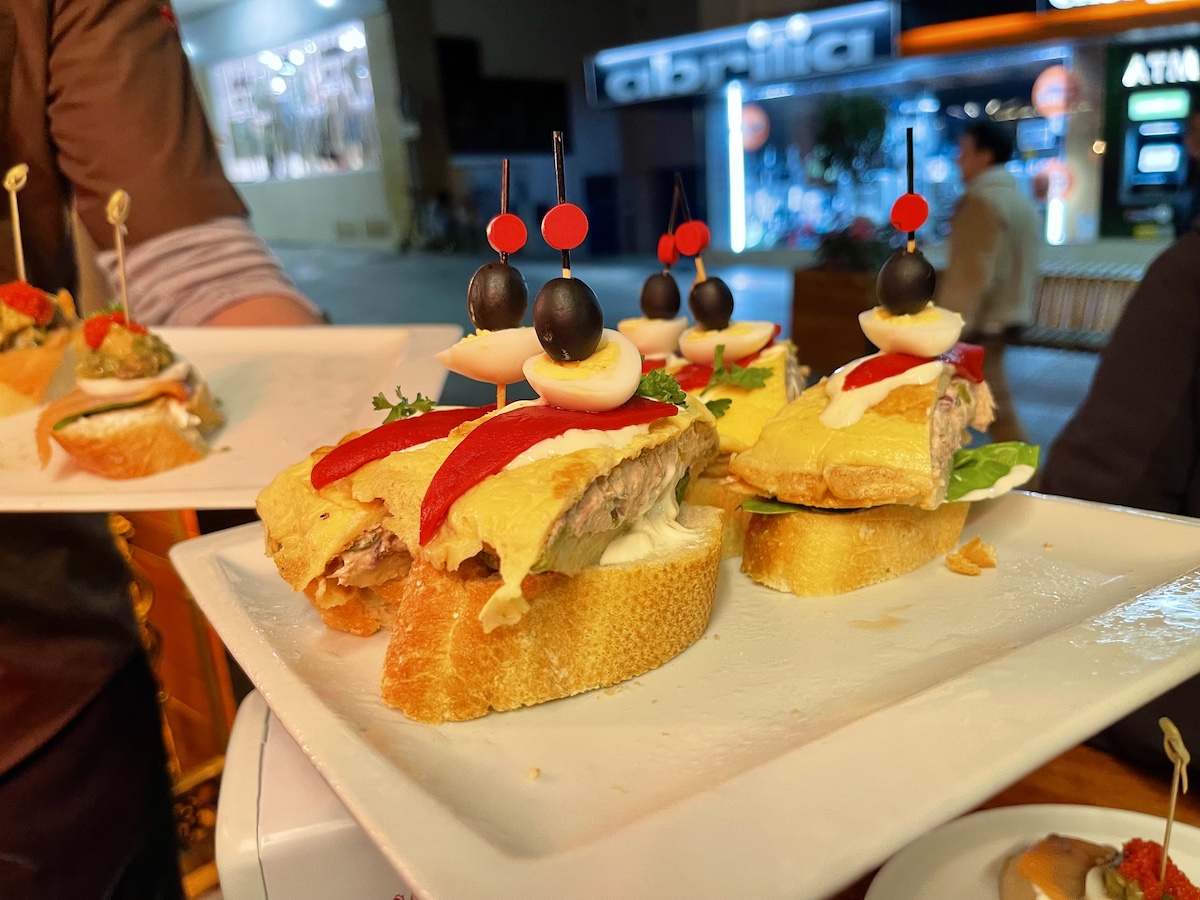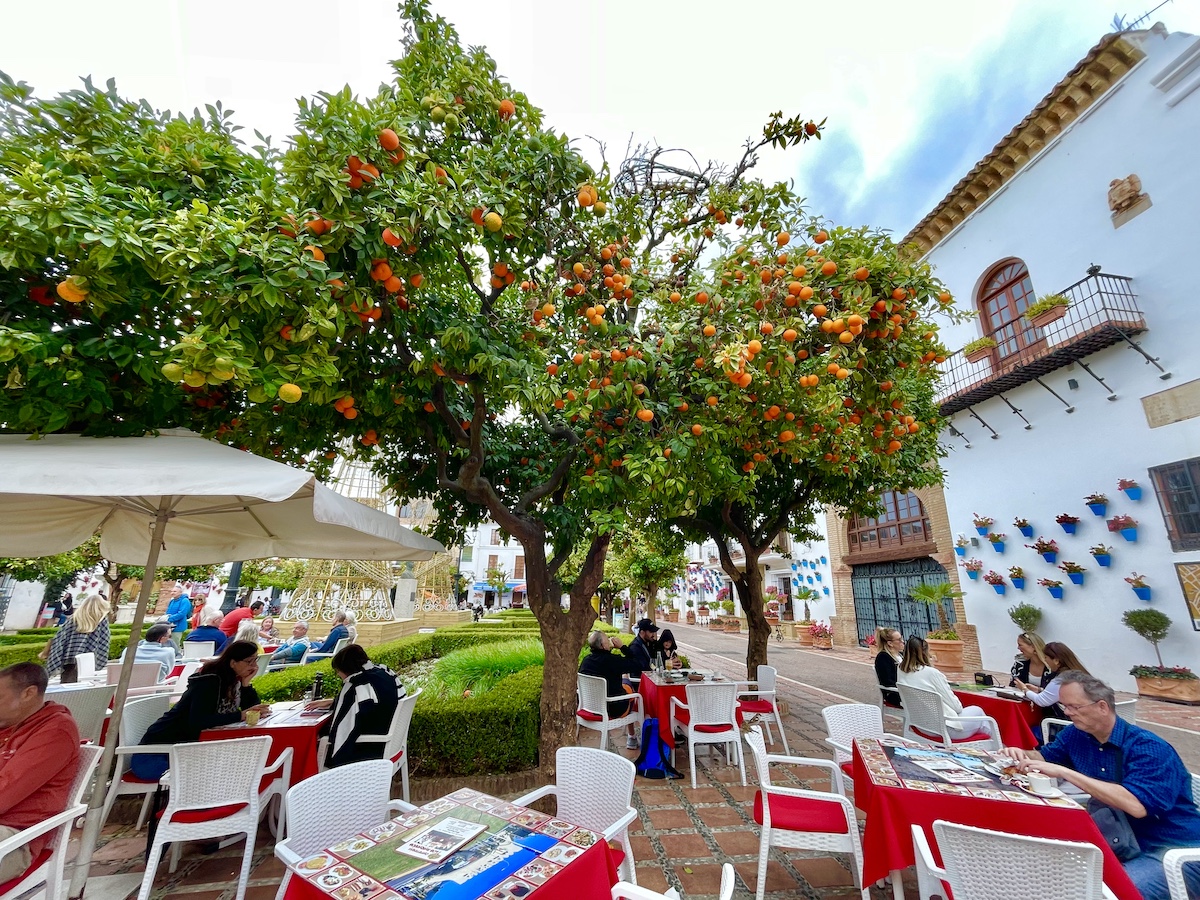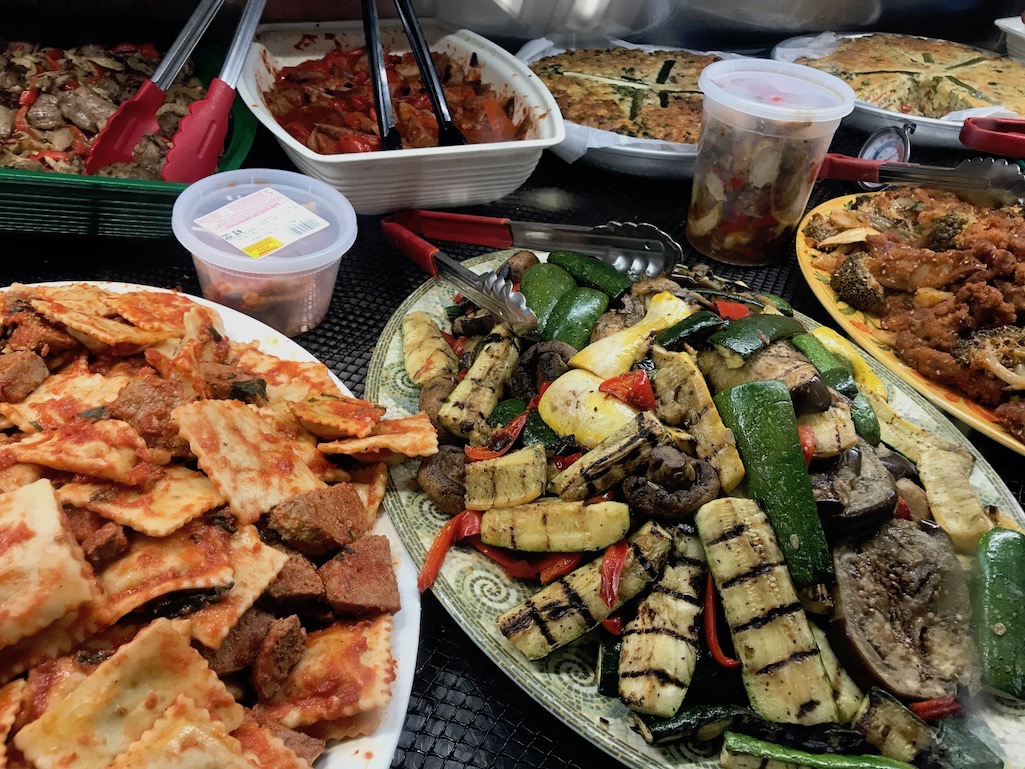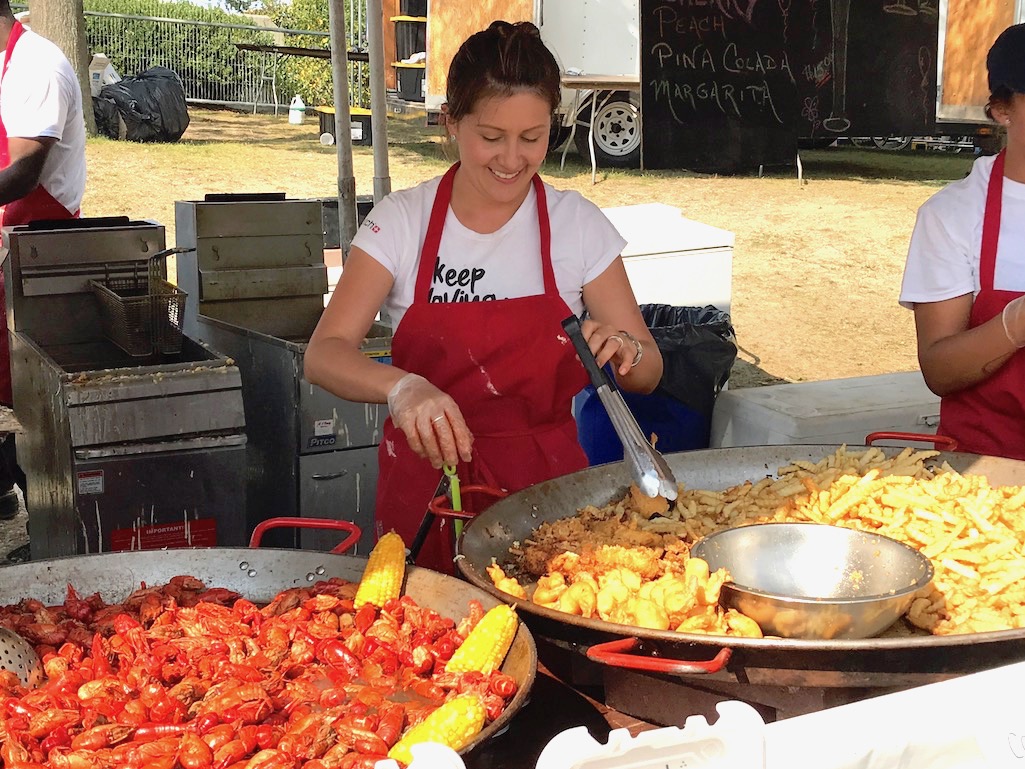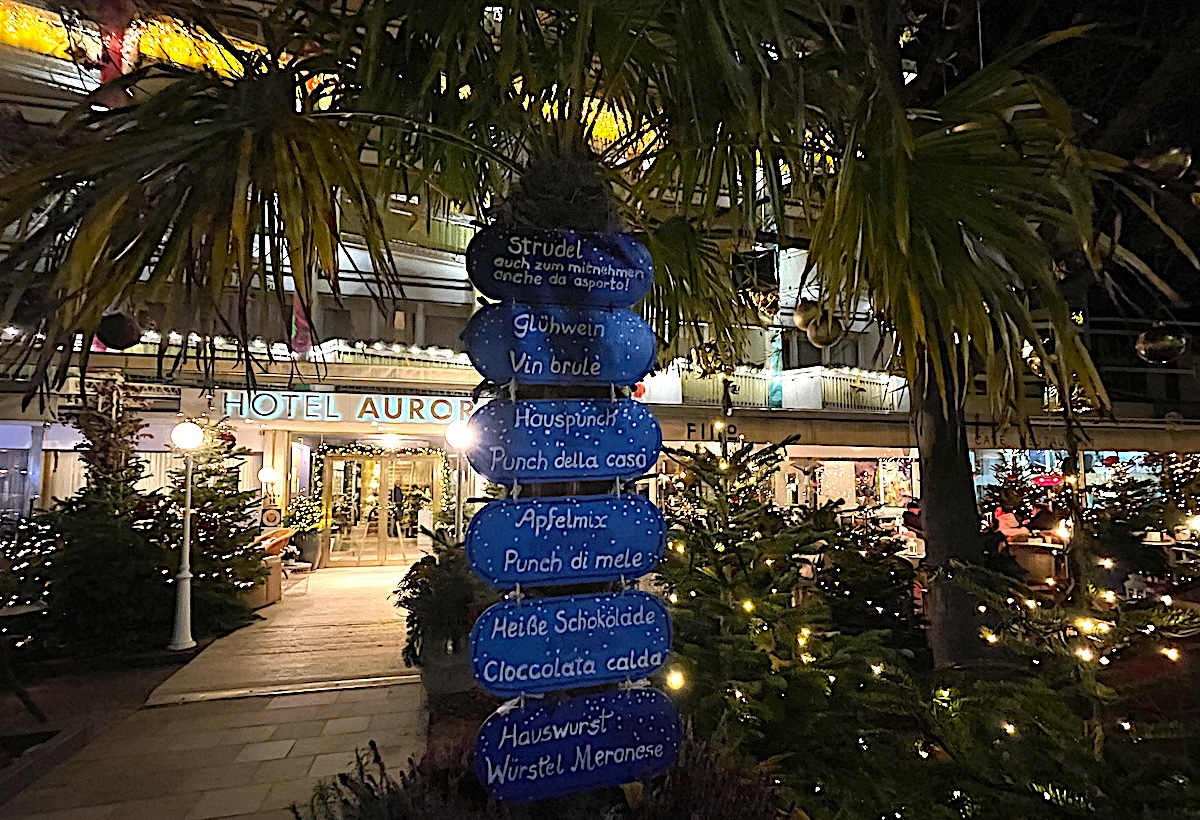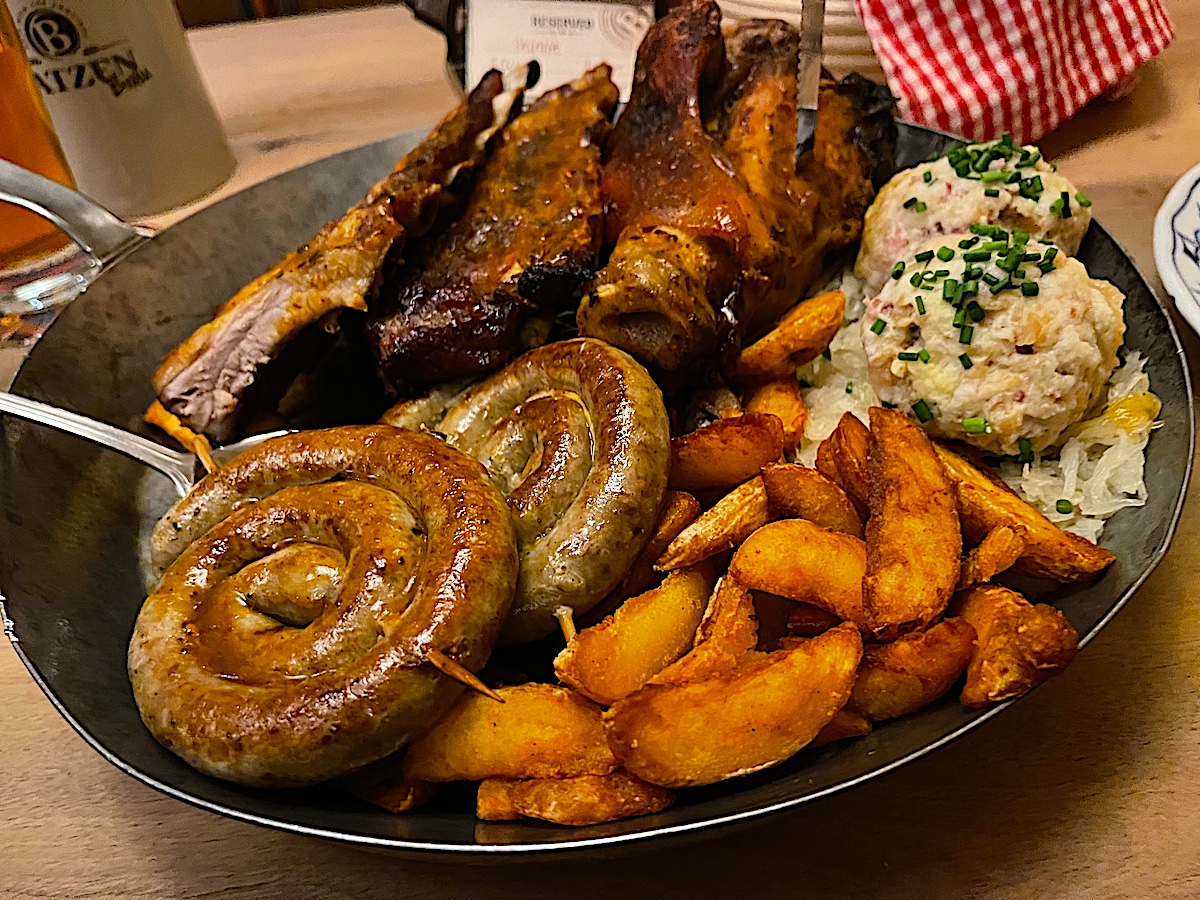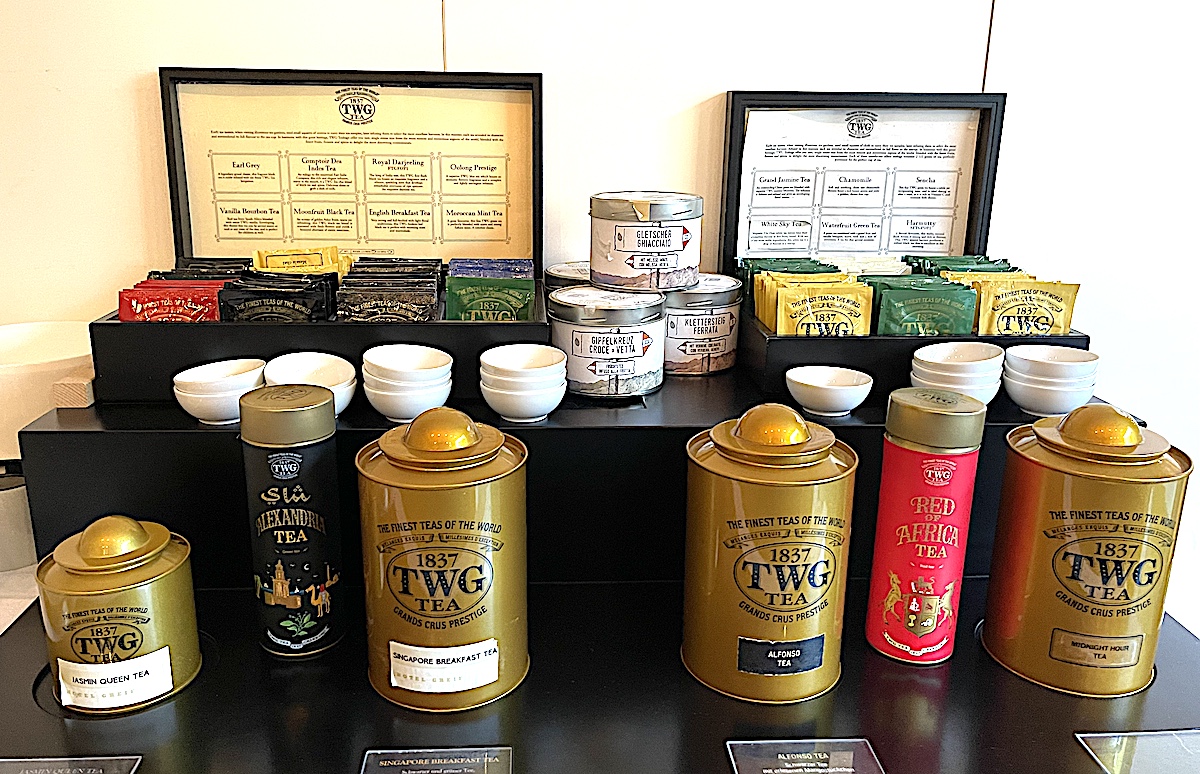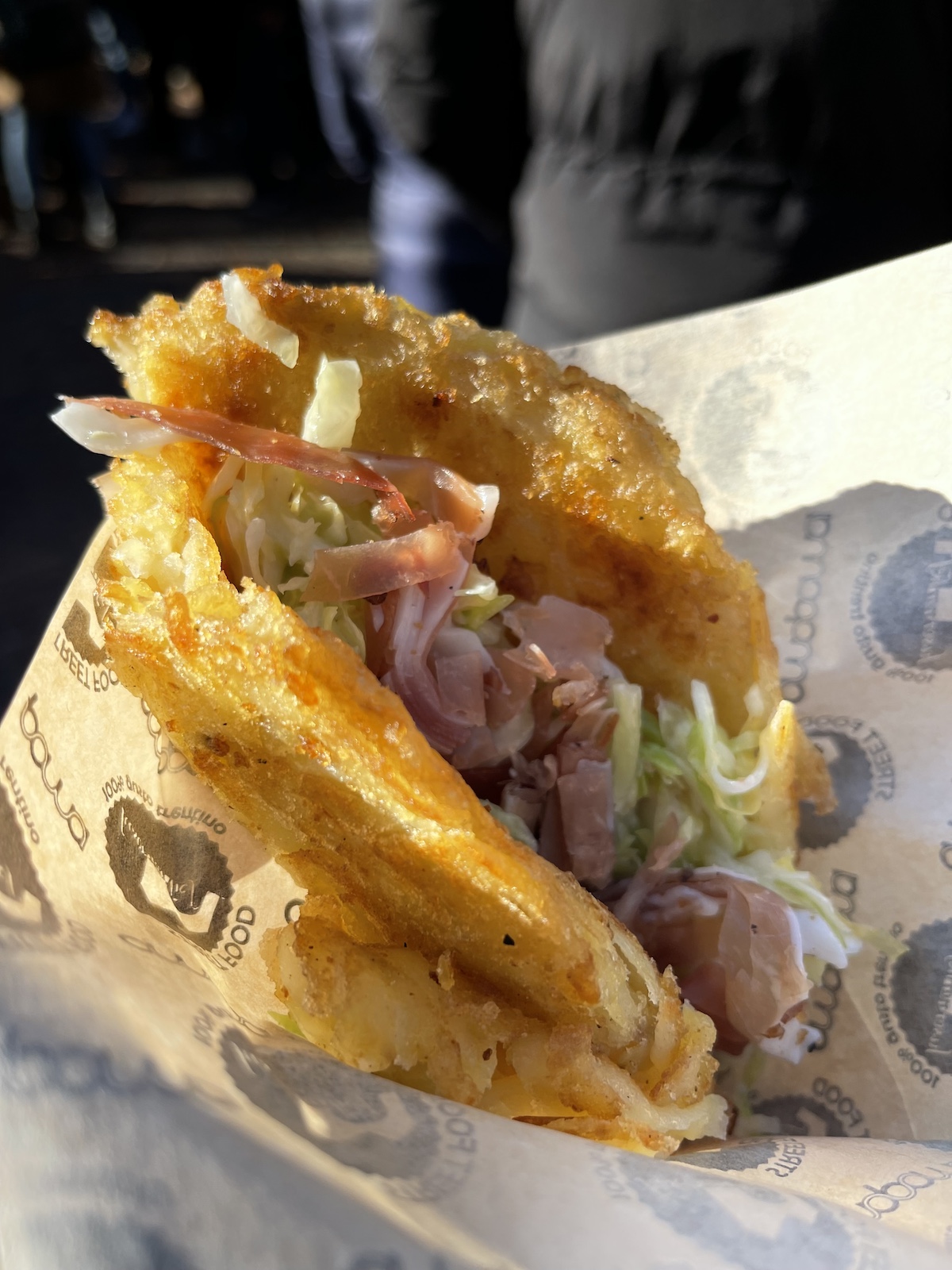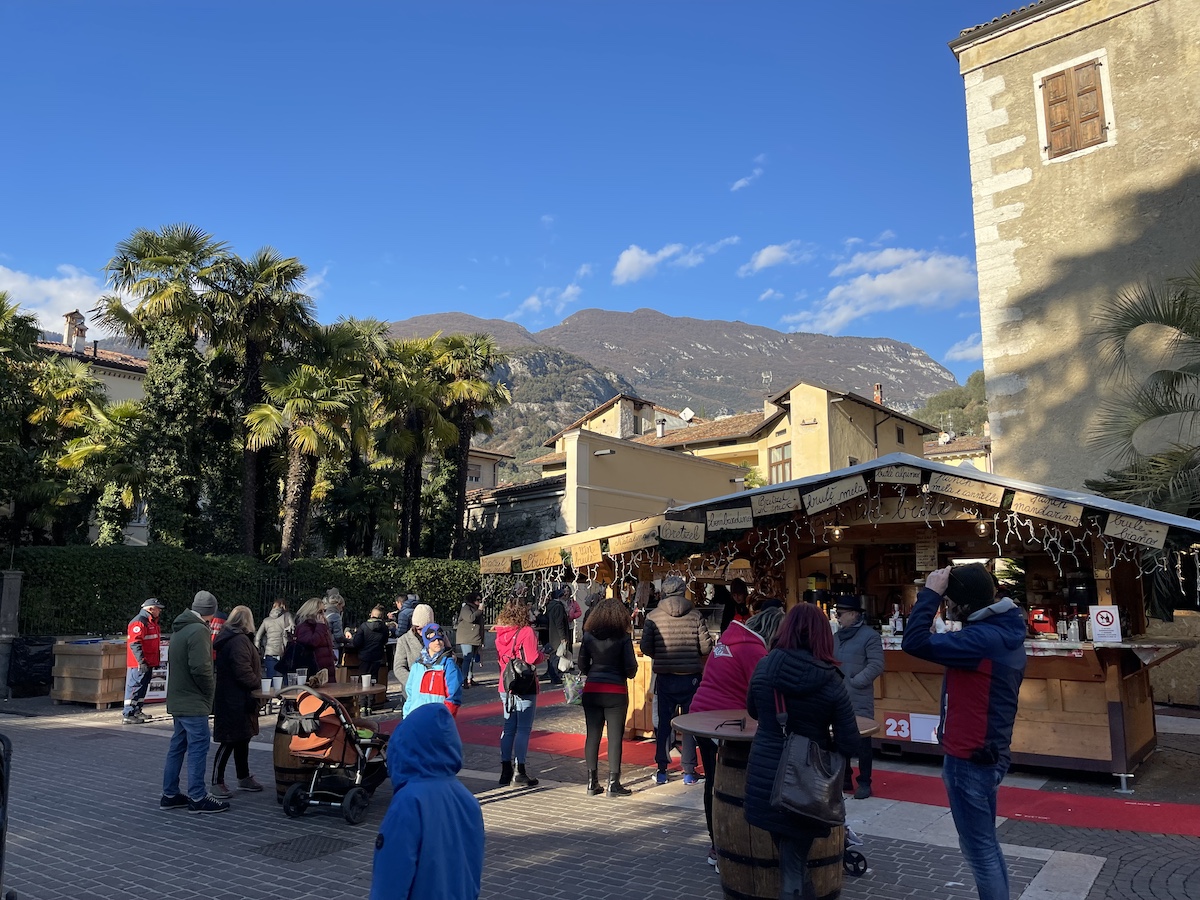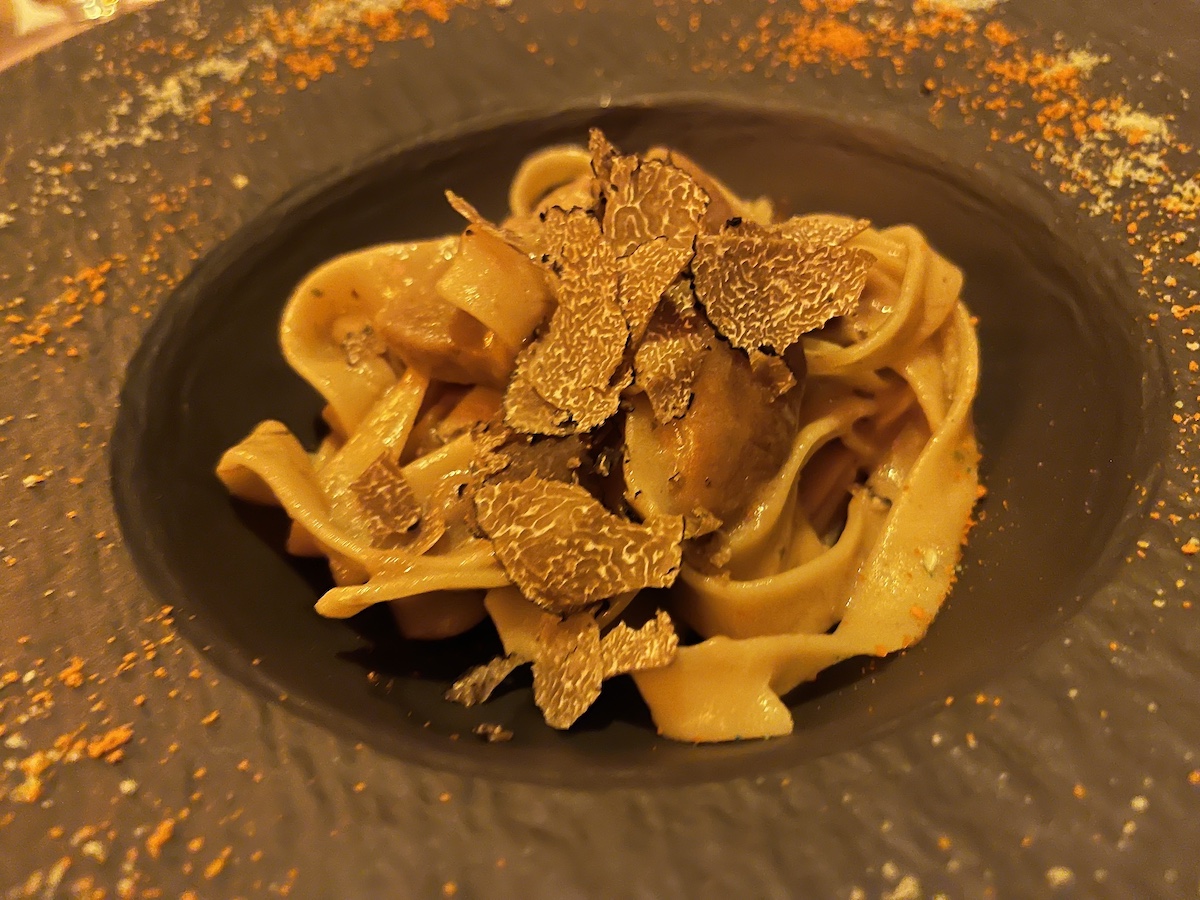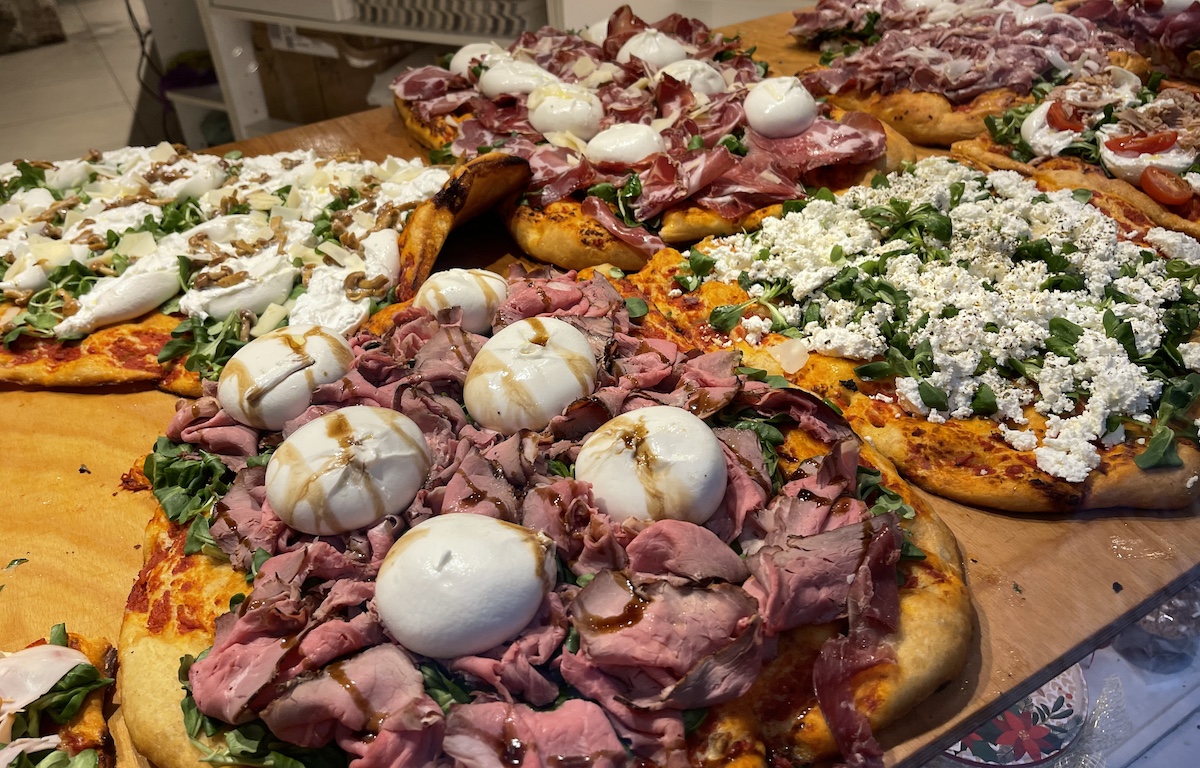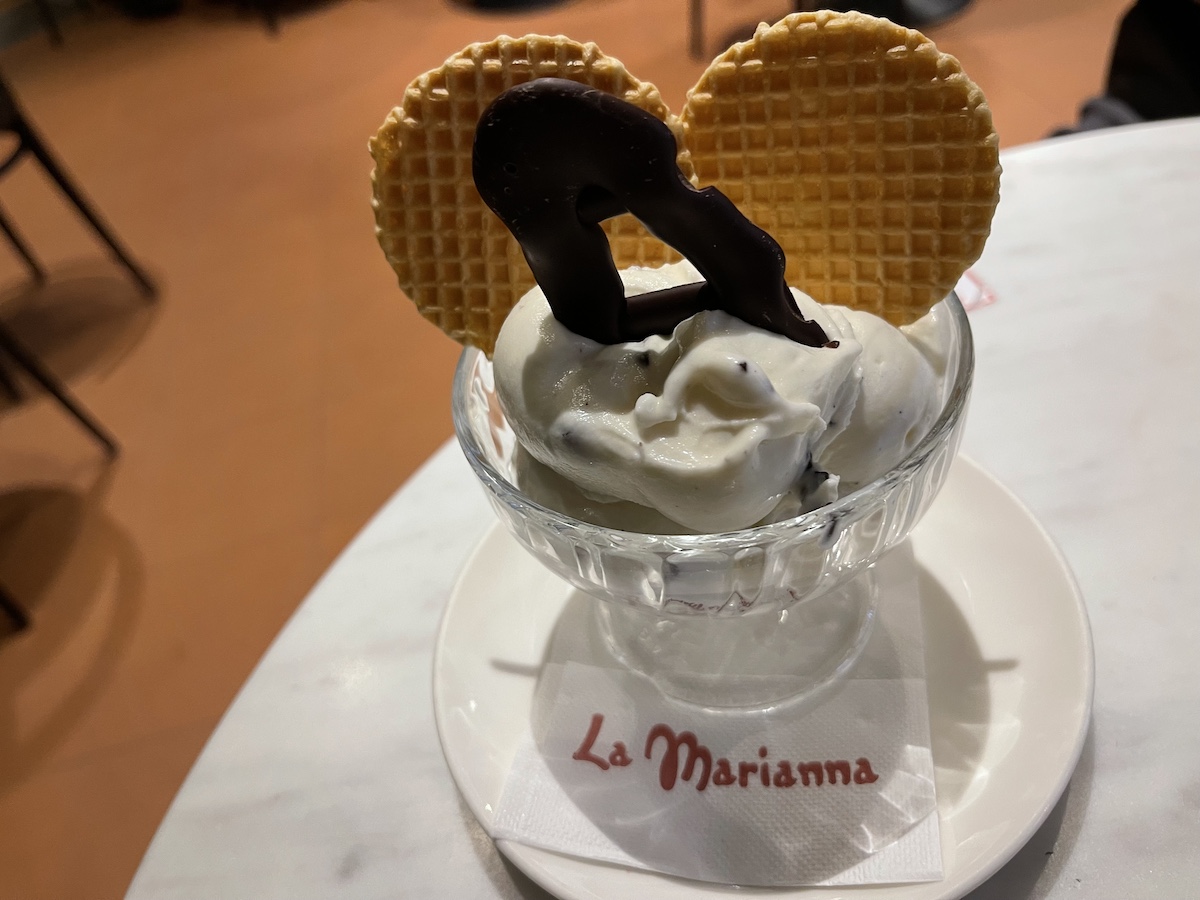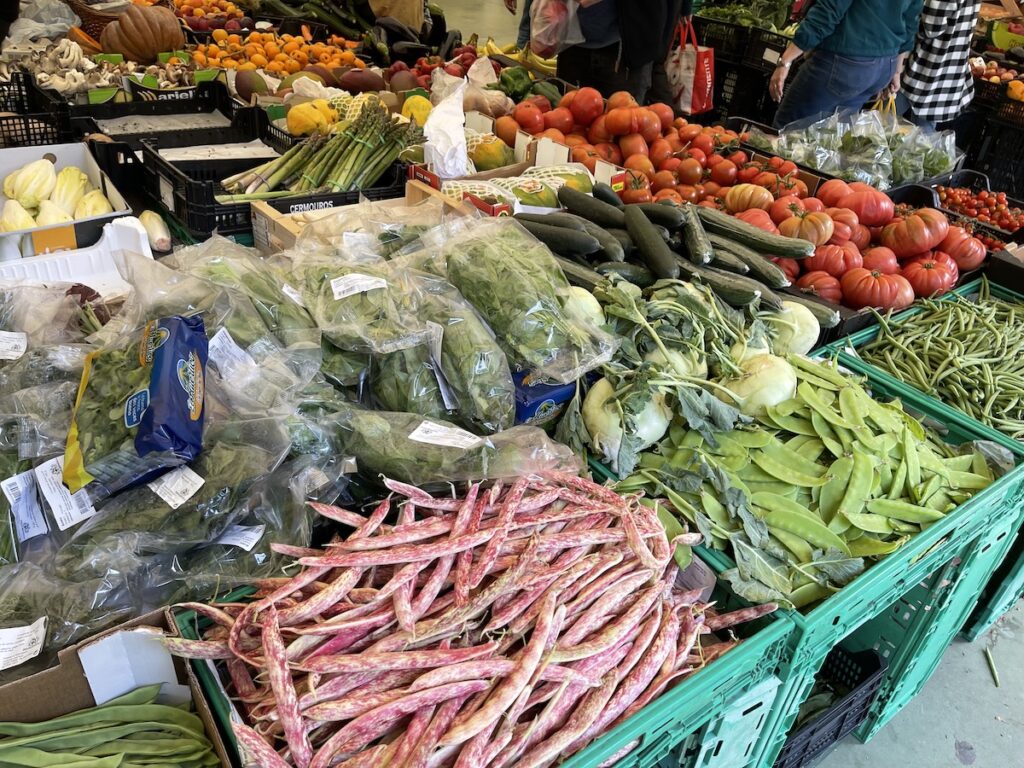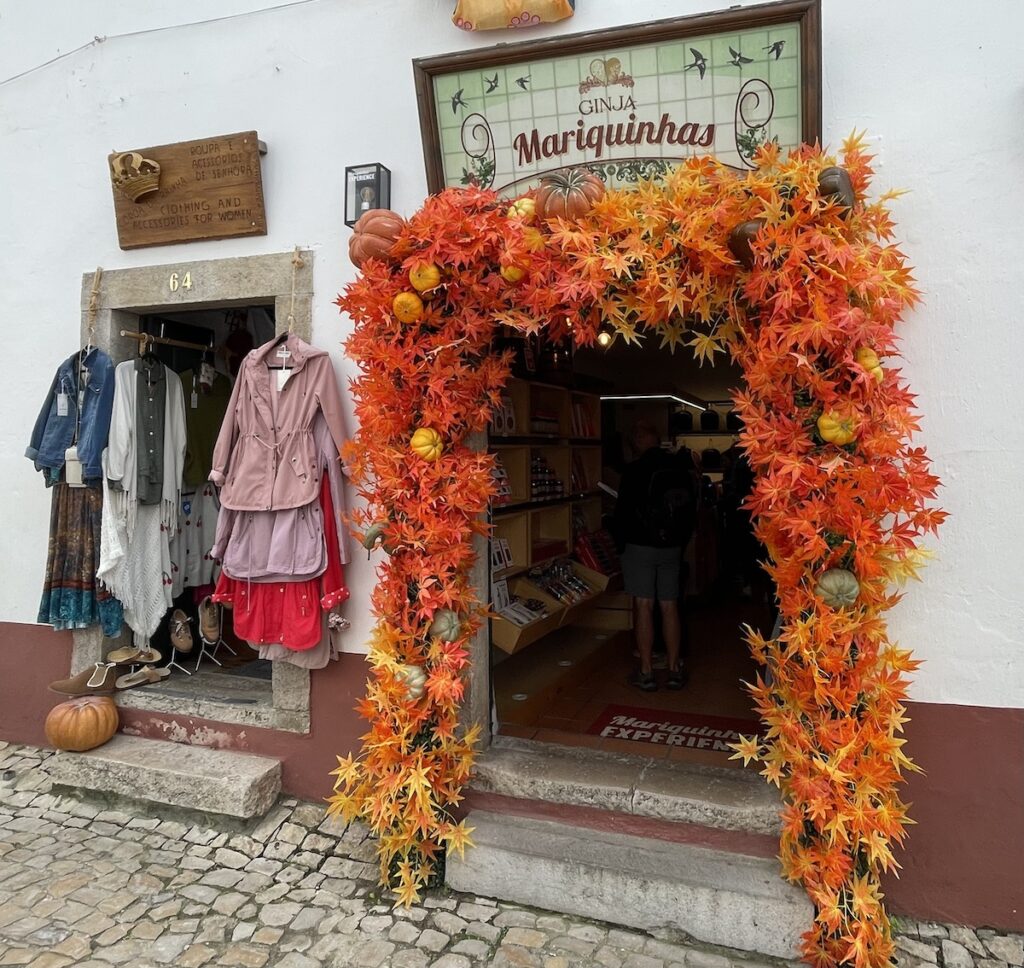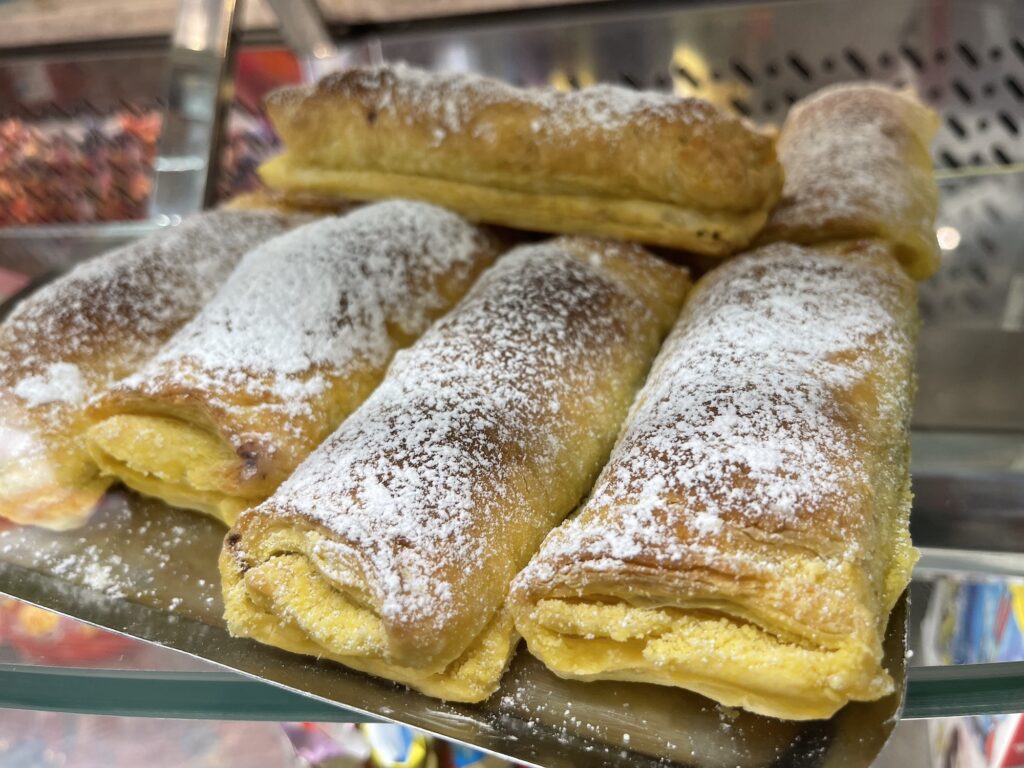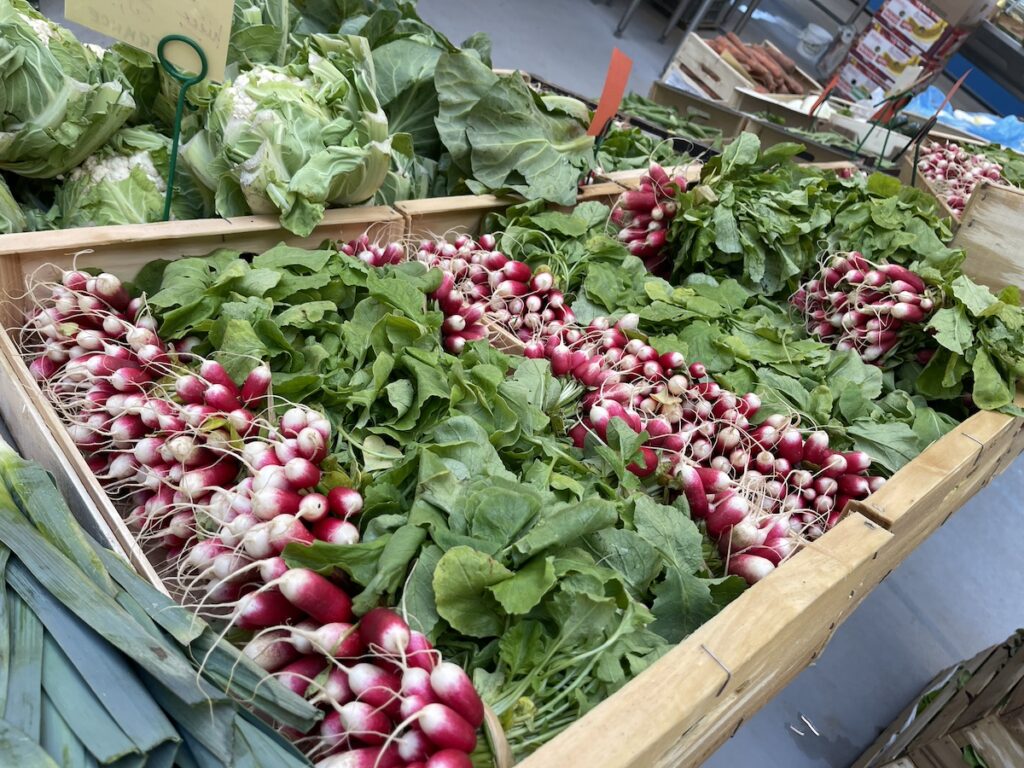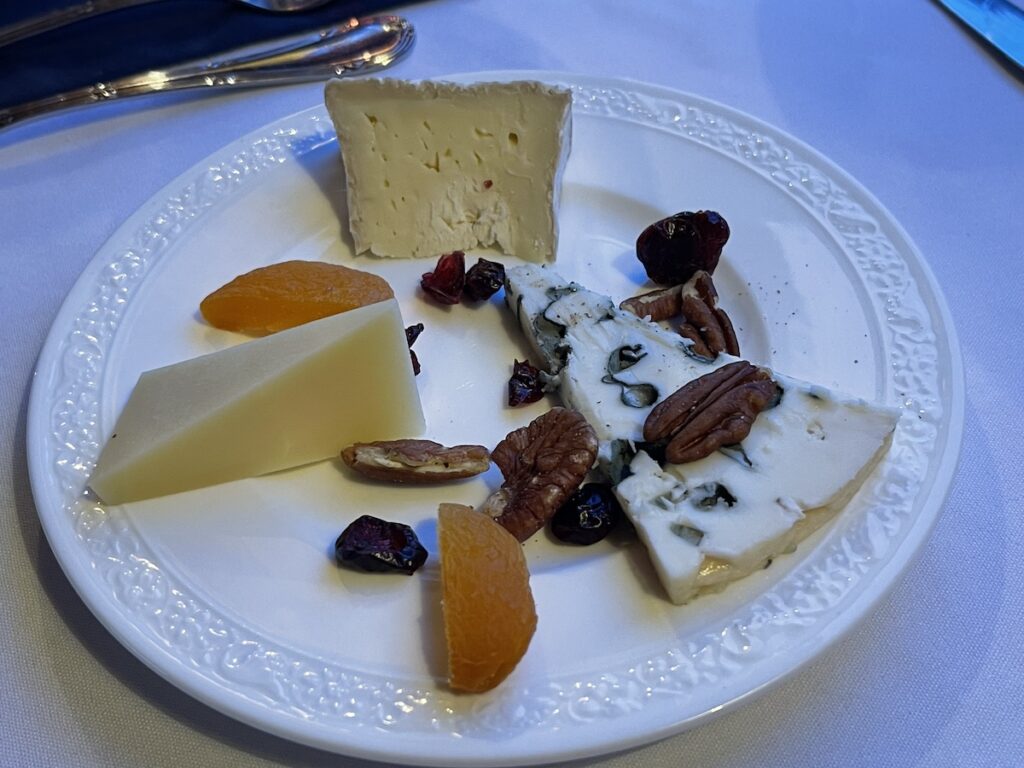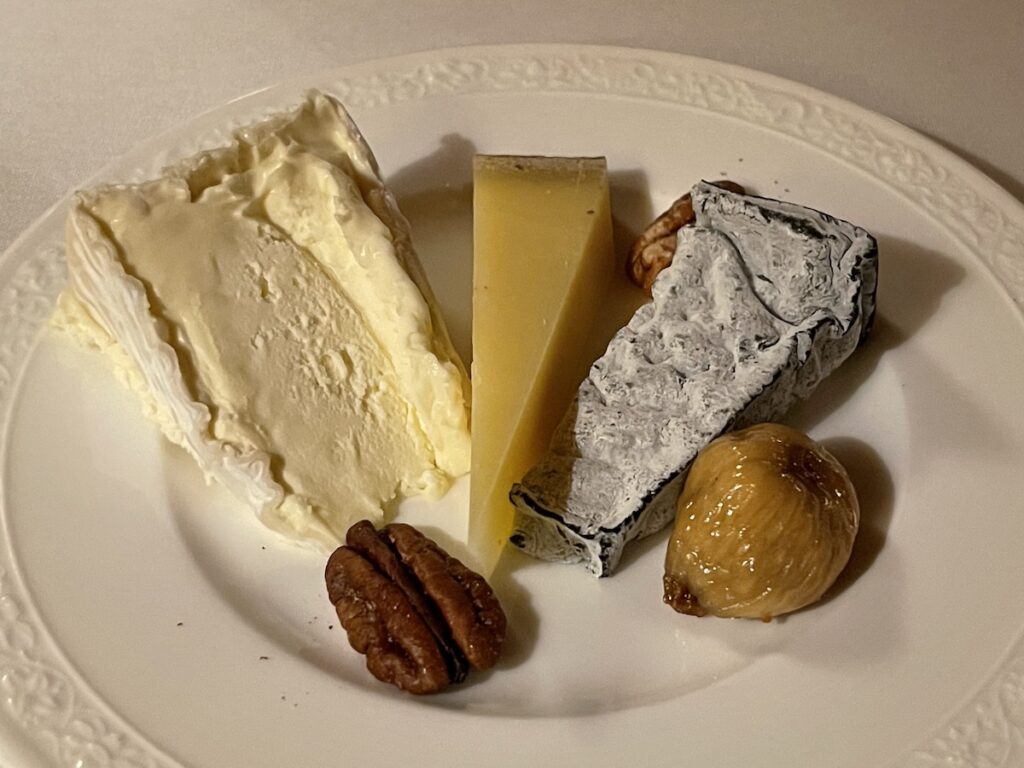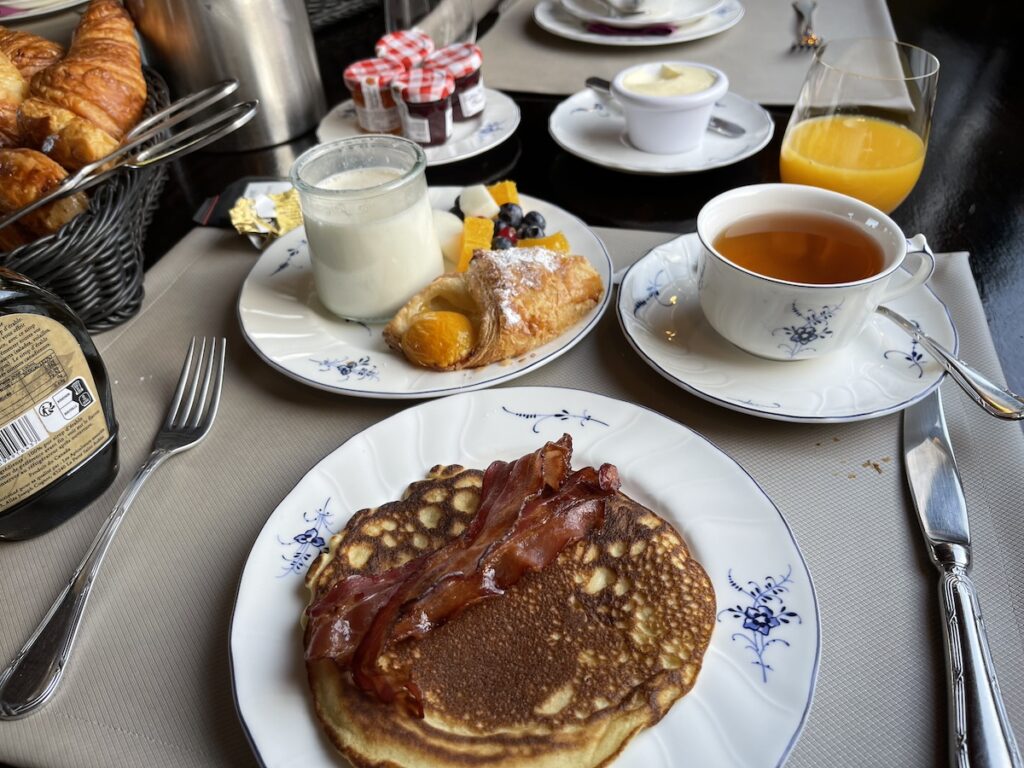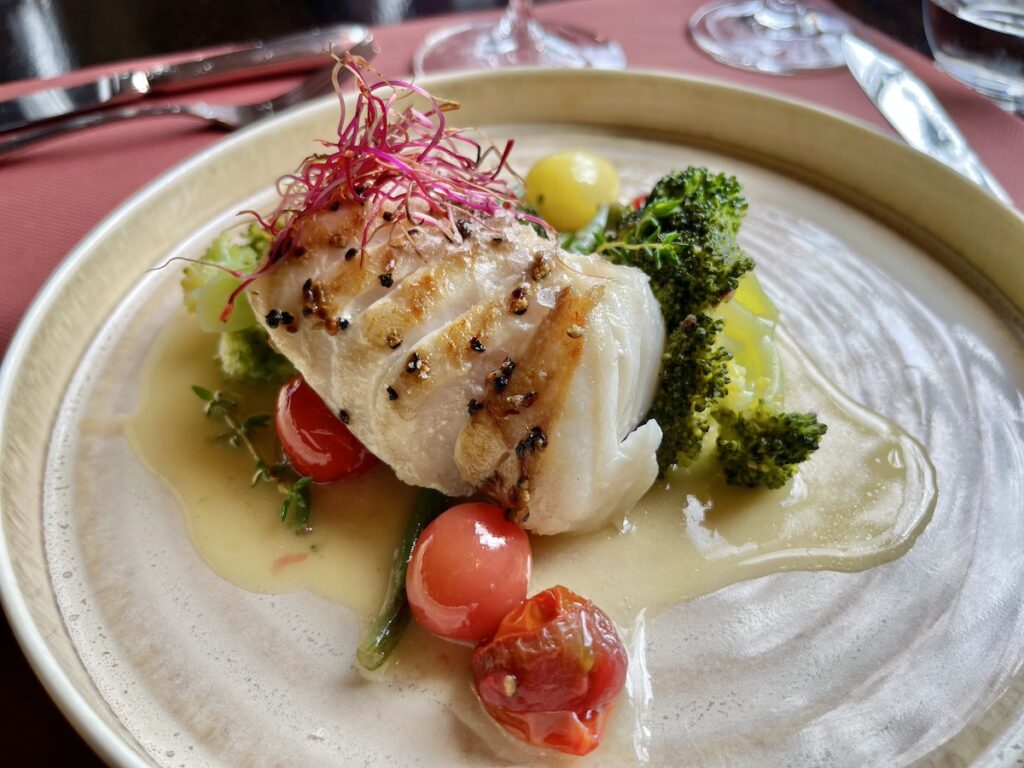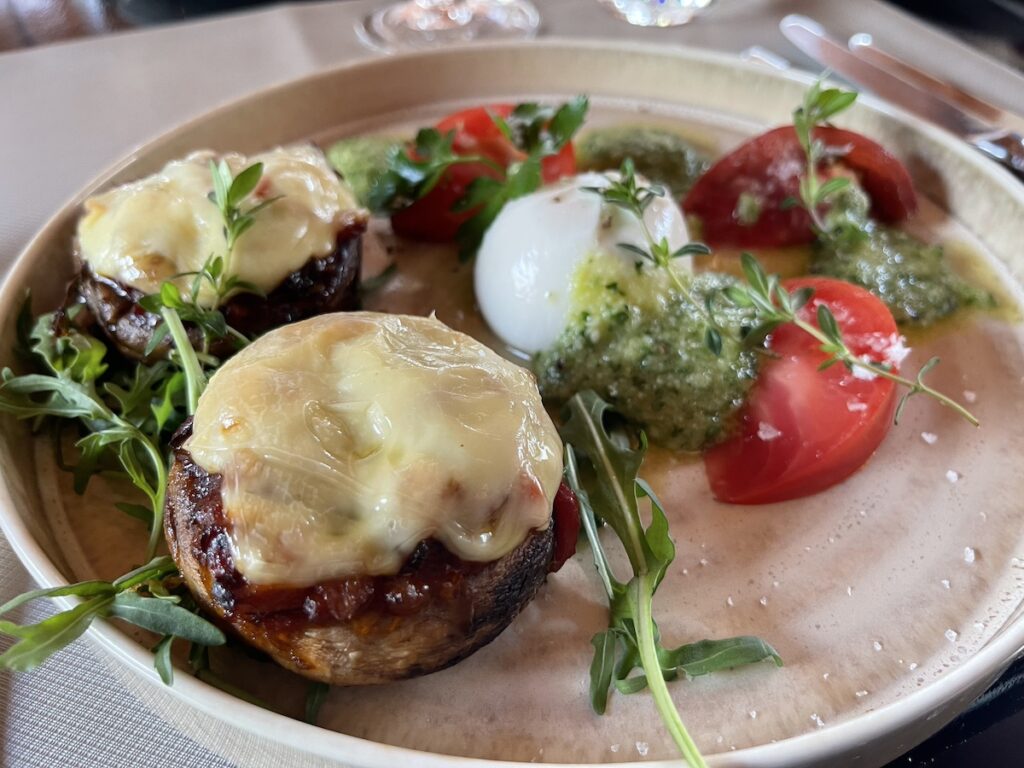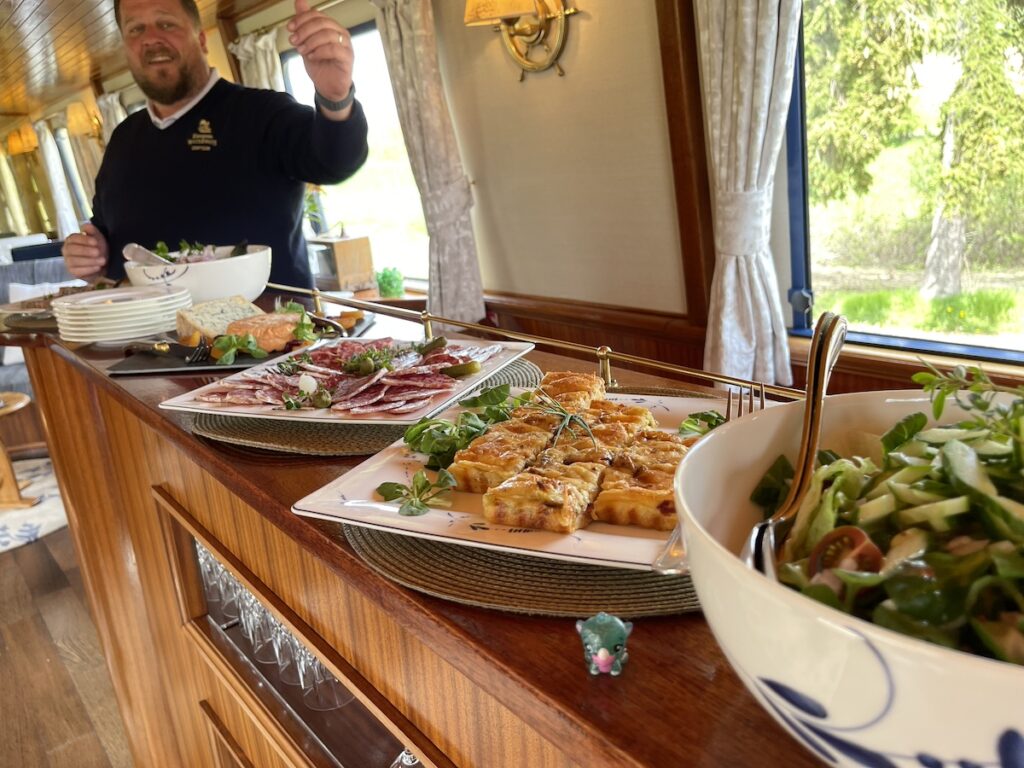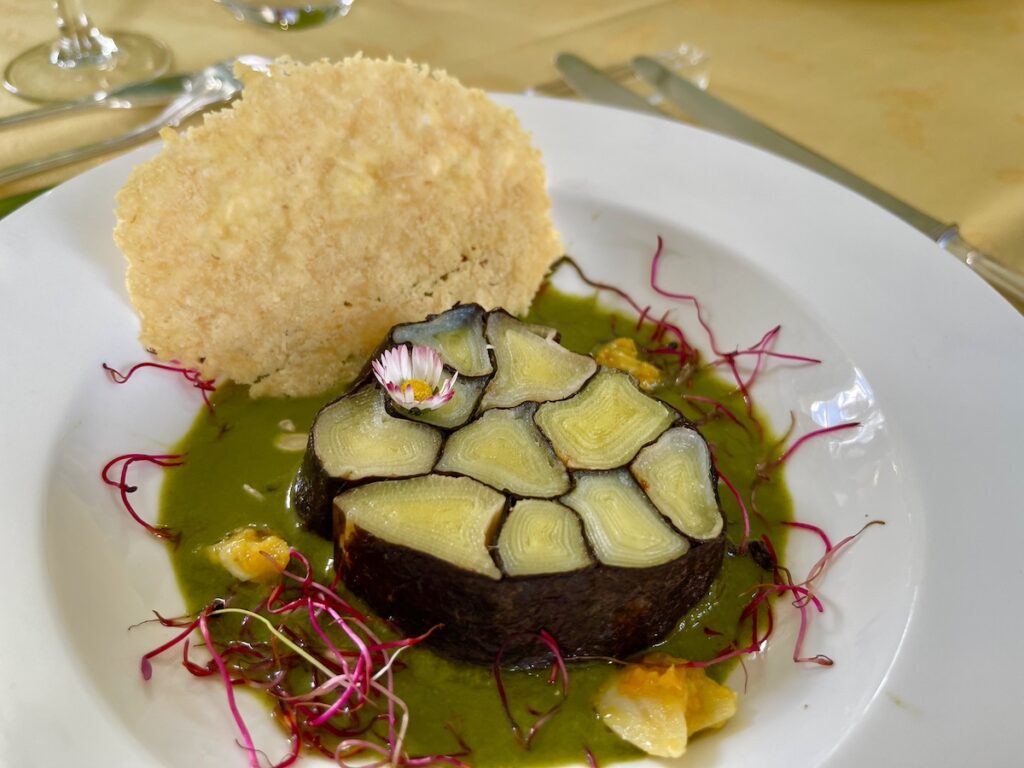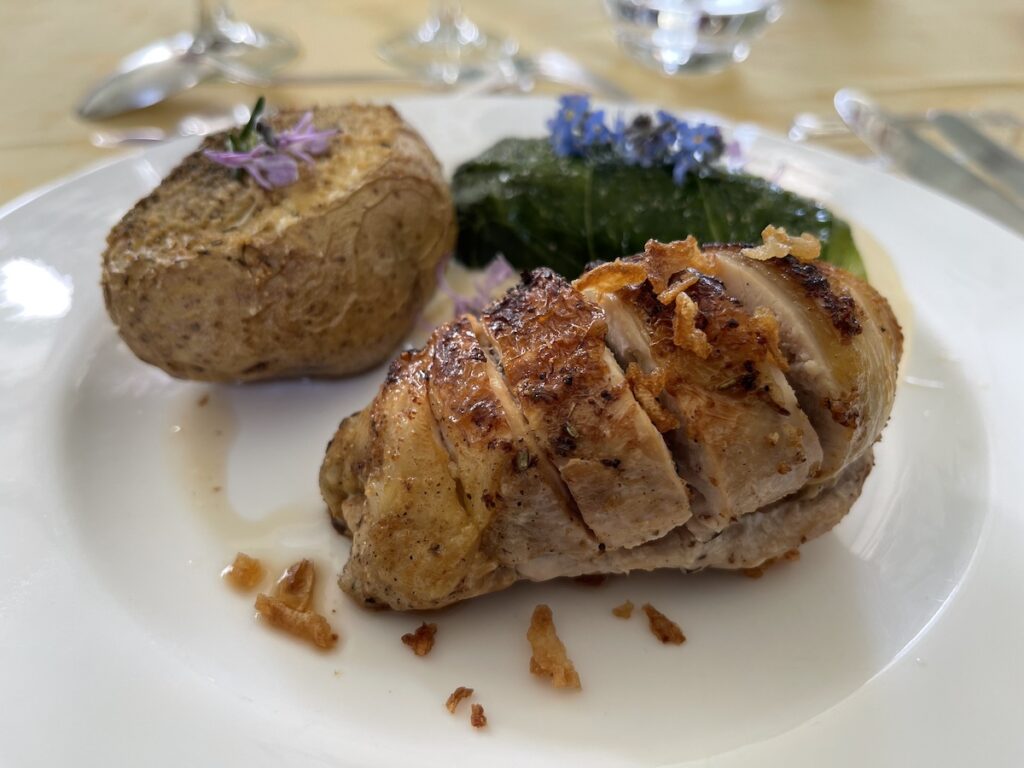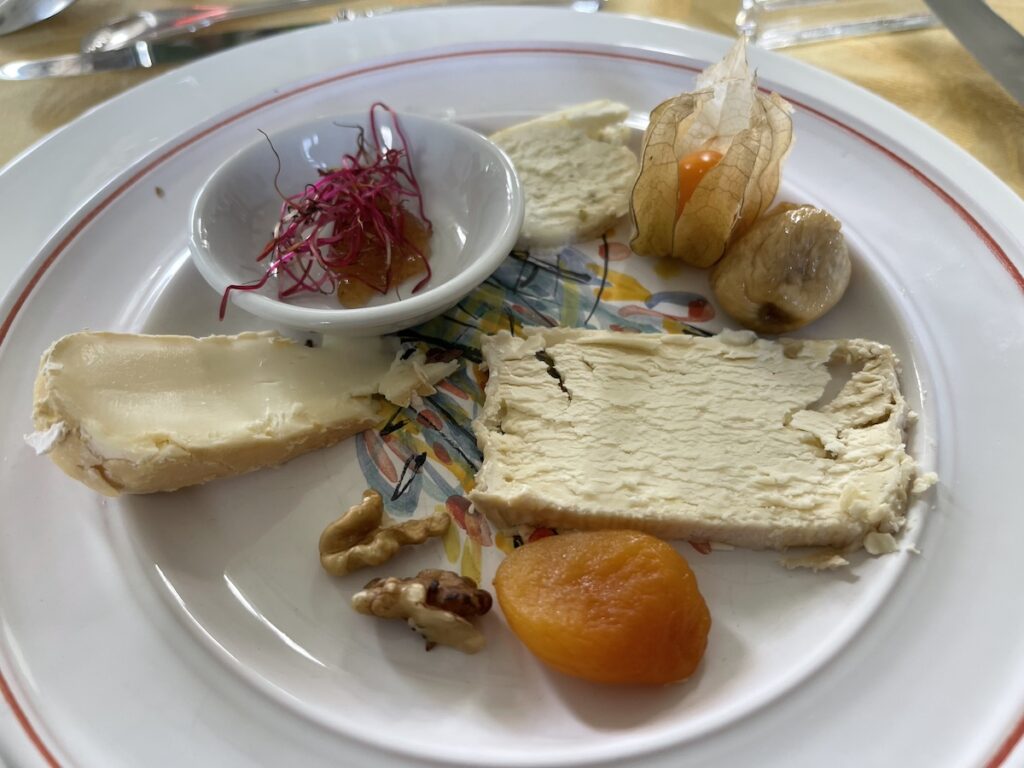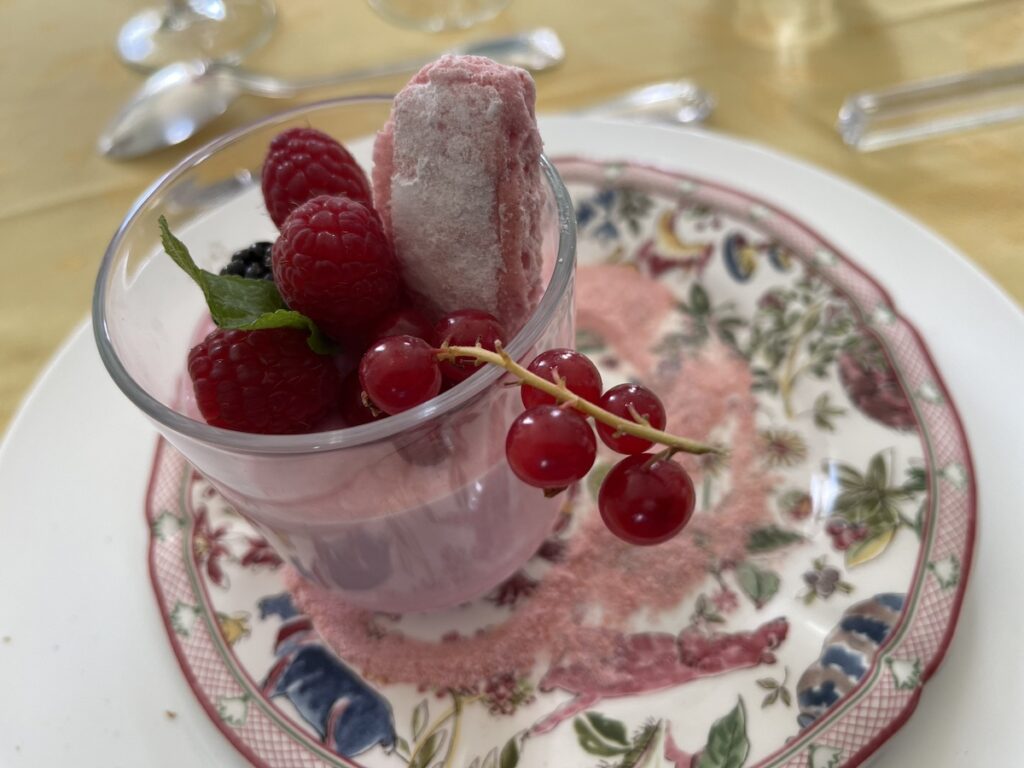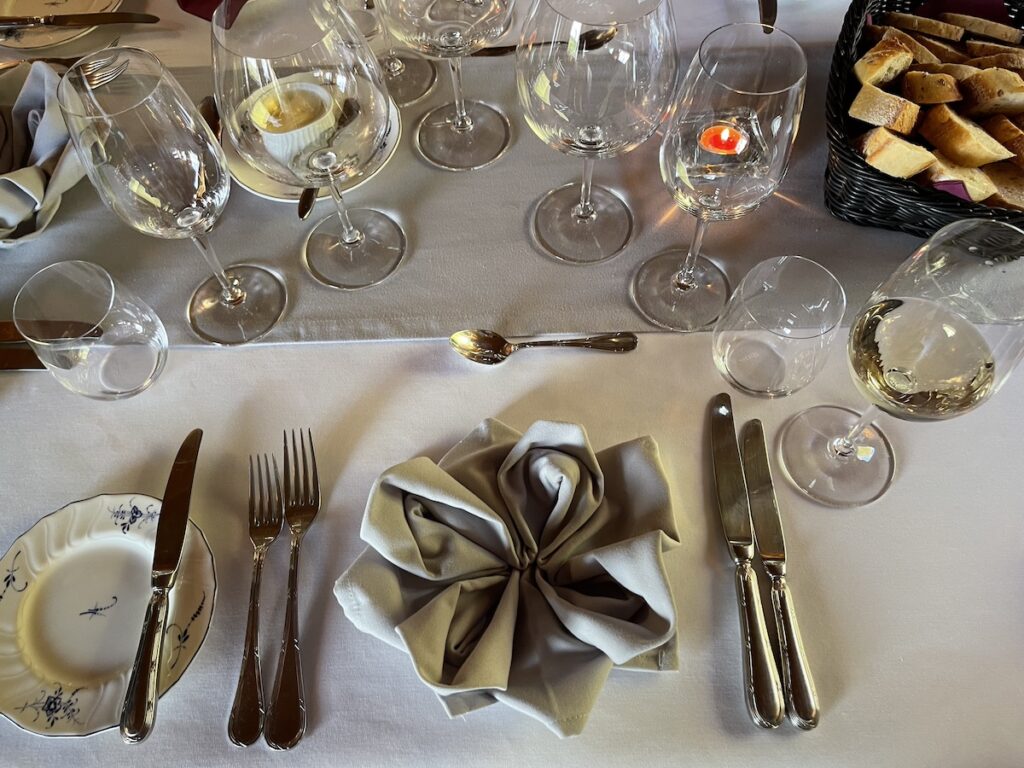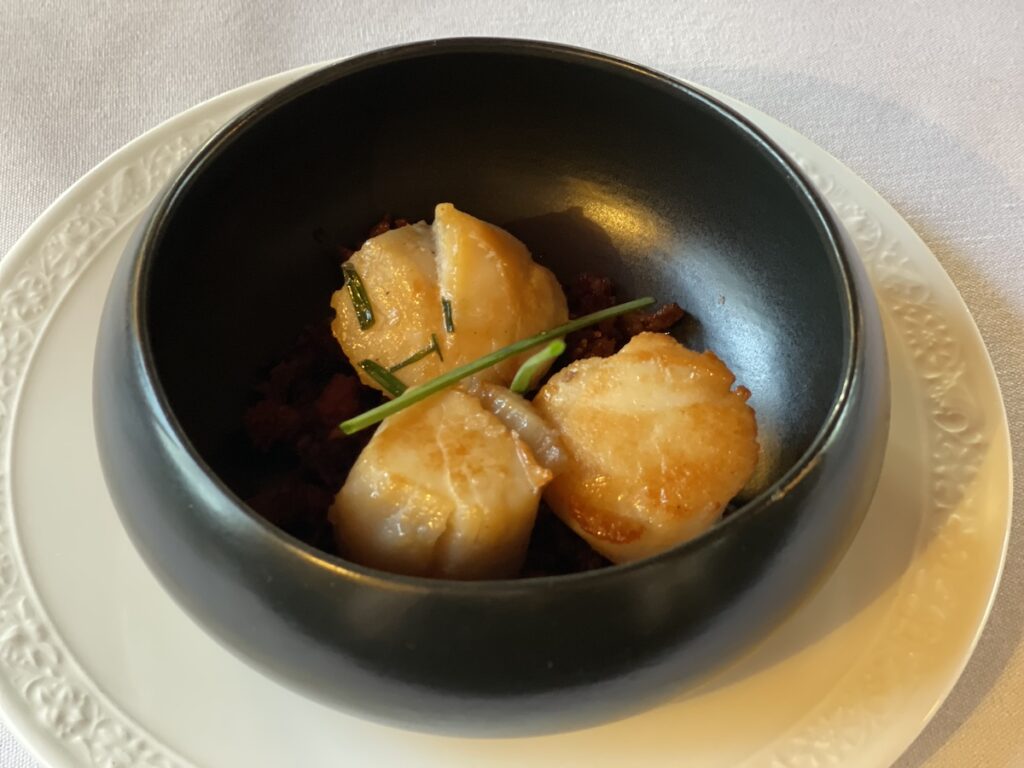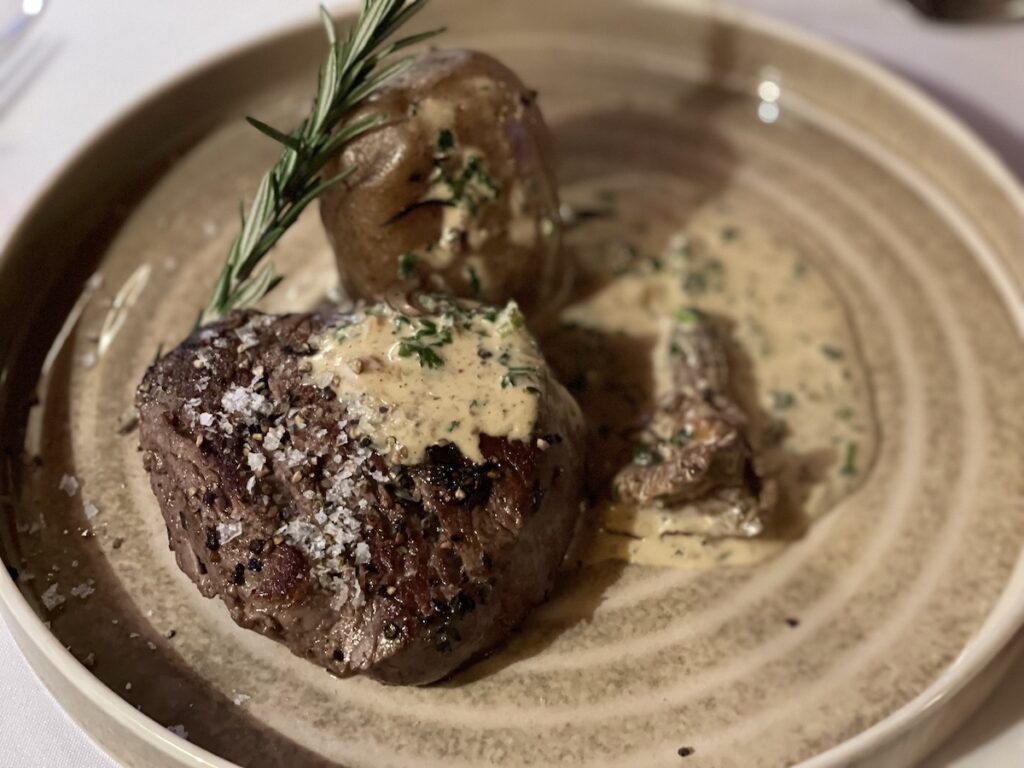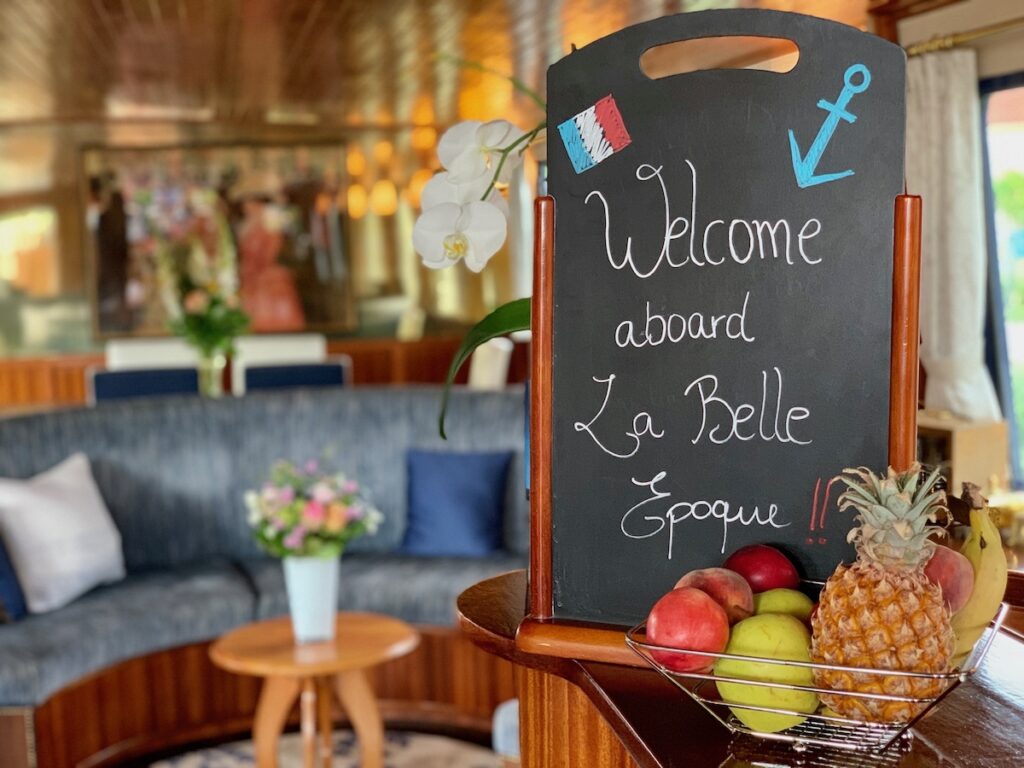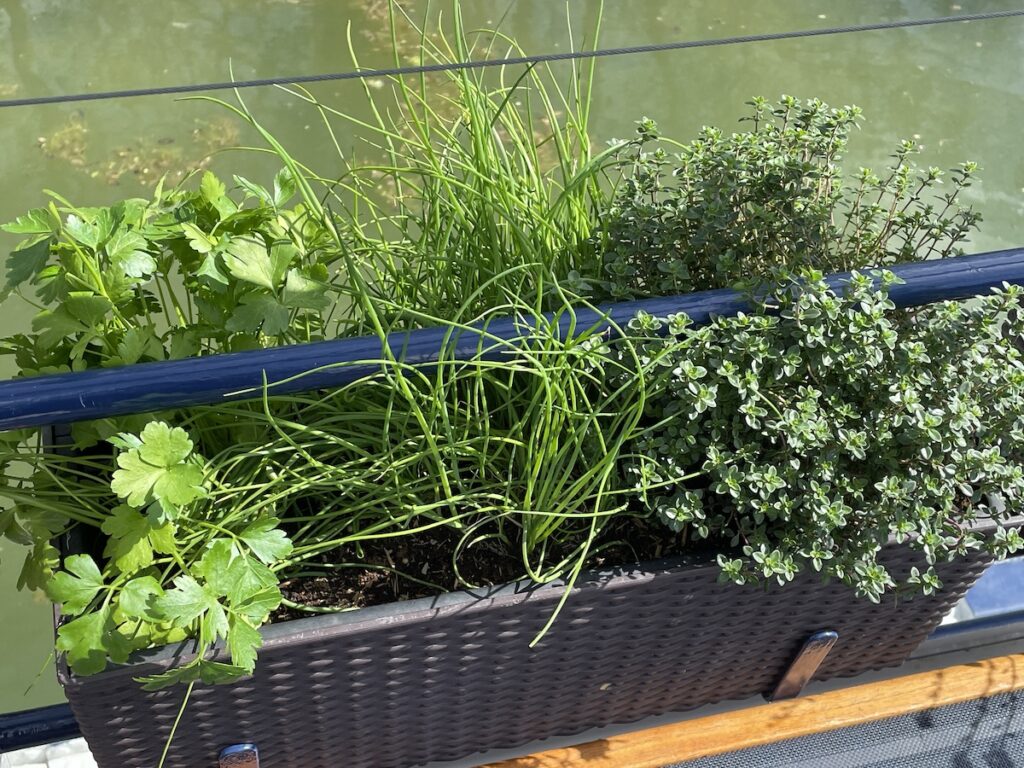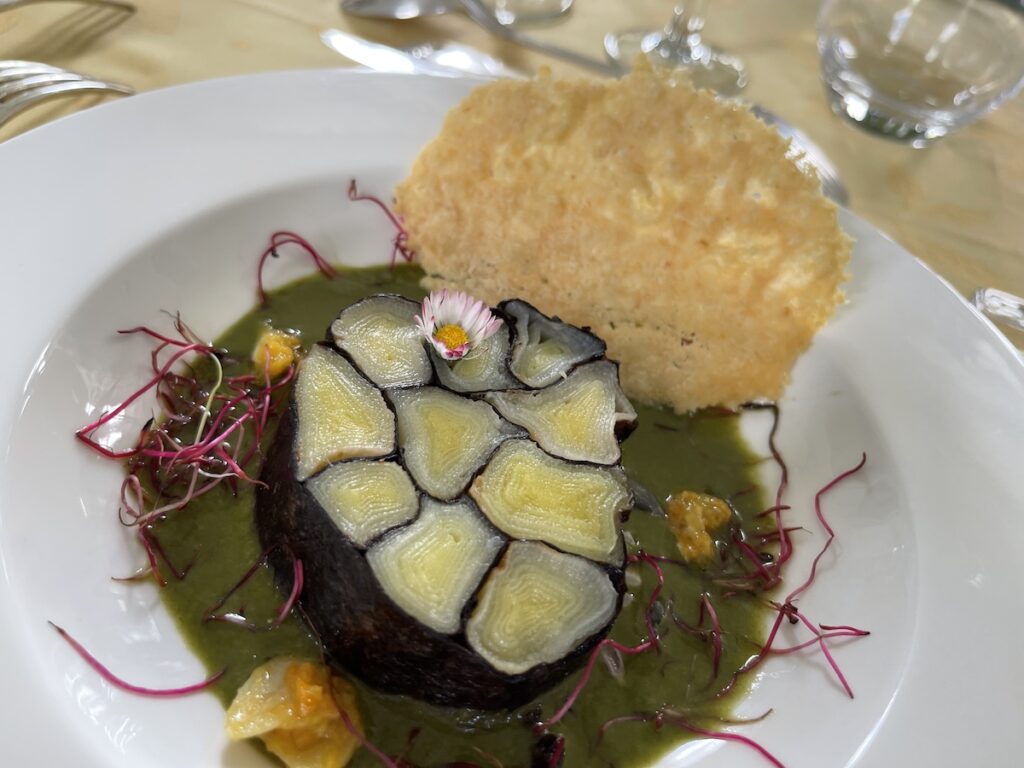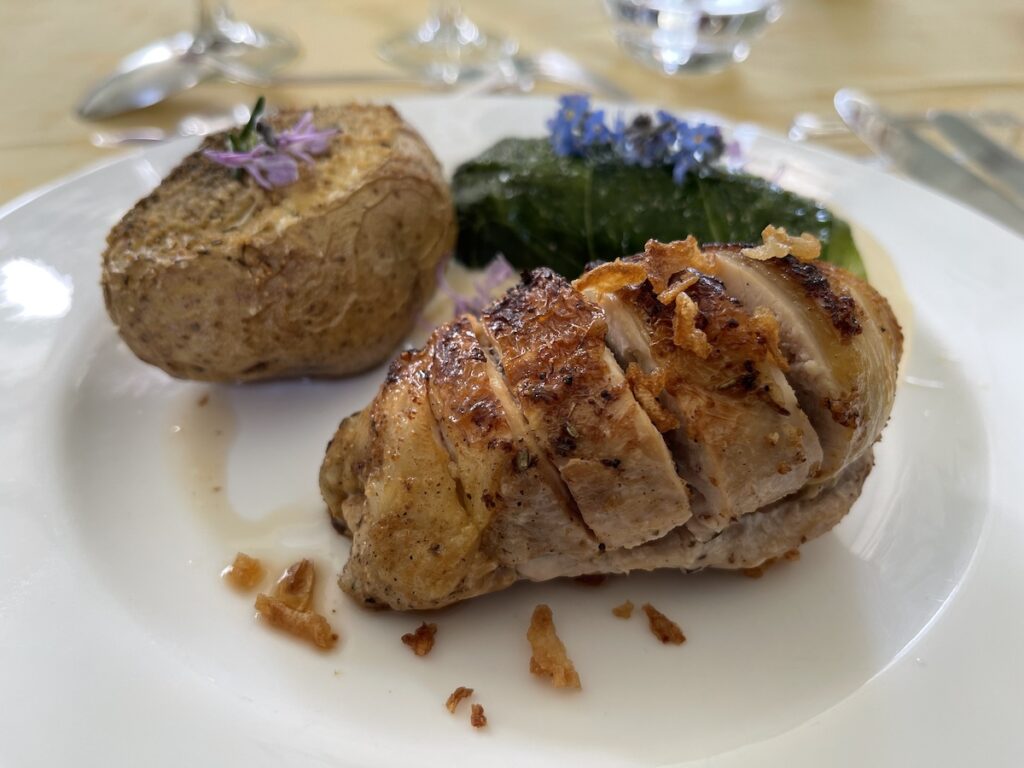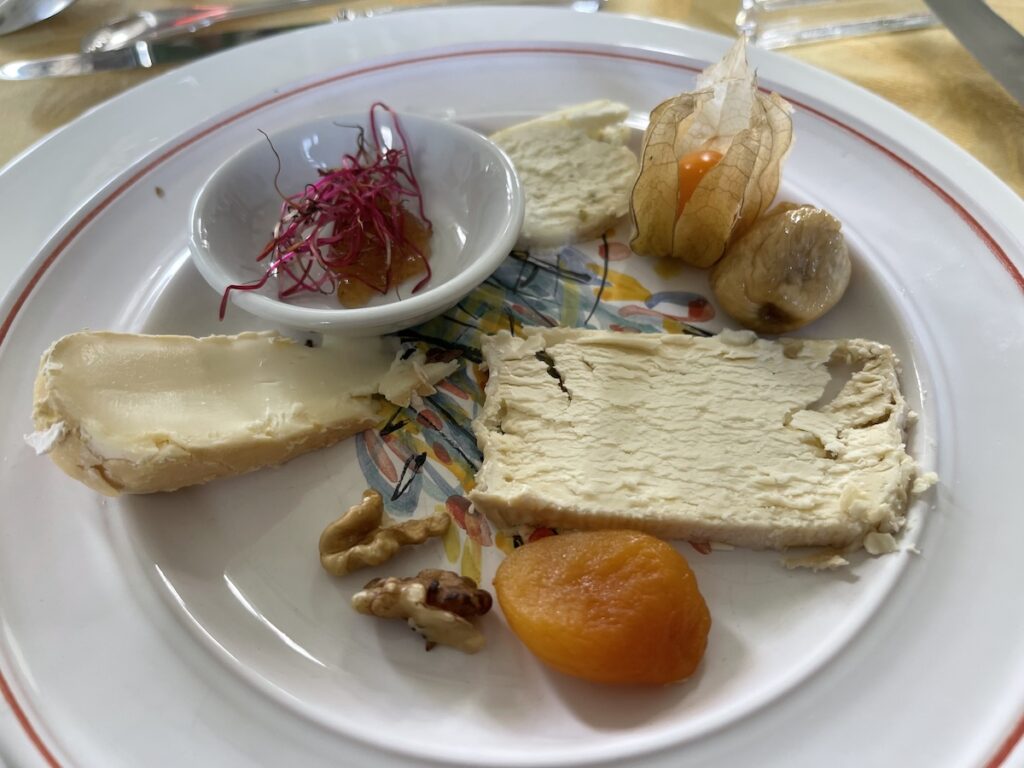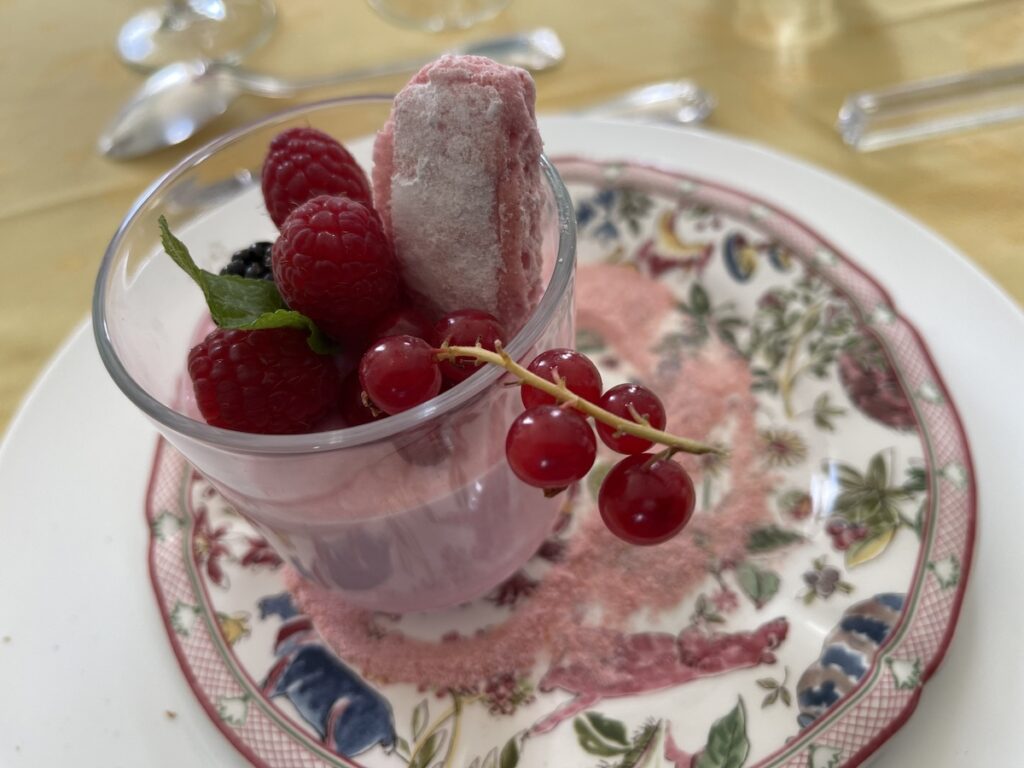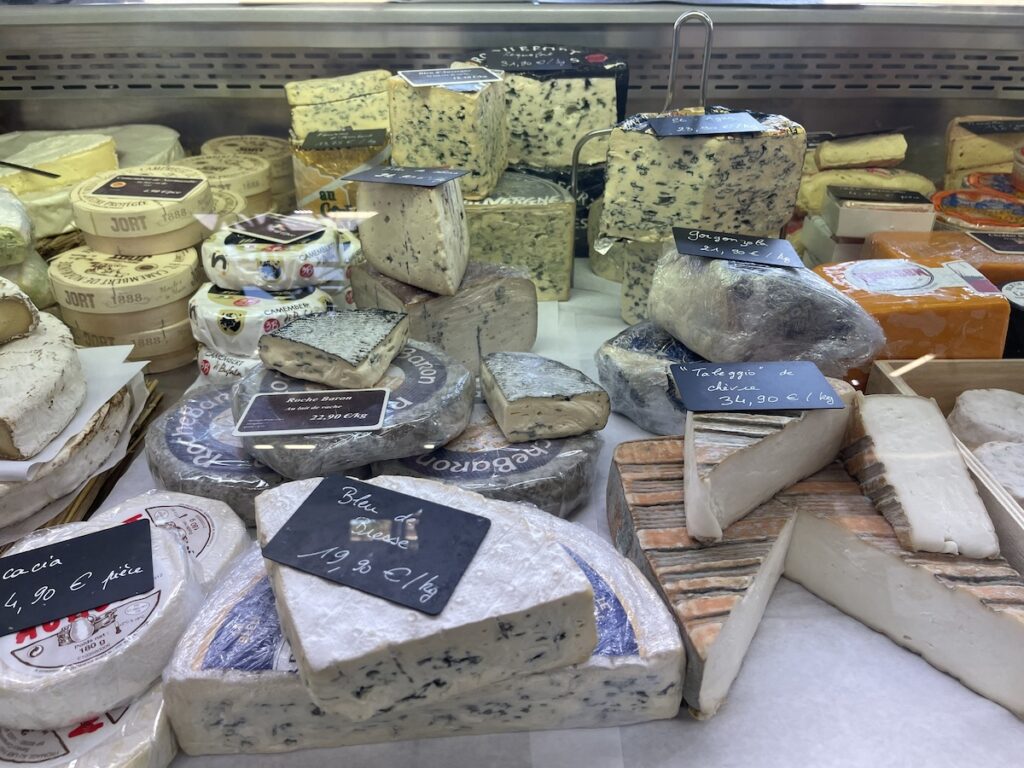Kalamata Greece in the Messinia regional unit of the Peloponnese lies in a privileged location at the top of a coastal horseshoe. Drives down either side of the coastline can be done in a matter of hours, allowing lots of time for stops and exploration along the way. There are also a couple of drives that lead to wonderful attractions that are not along the coast. Here are our favorite drives, stops, and attractions you can see when you’re ready to discover wonders beyond the delights of Kalamata.
Disclaimer: We were selected for the My Peloponnese Vibe initiative, a unique tourism approach designed to provide participants with authentic cultural experiences in one of five areas within the Peloponnese Region of Greece. We chose to explore the Messinia regional unit while staying in Kalamata, the second largest city in the Peloponnese. Our EasyJet flights were provided by Visit Peloponnese, and some of our hotel accommodations were provided by Pharae Palace Hotel. We were not otherwise compensated, and all opinions we provide are our unique views and reflect our own experiences.
Drive From Kalamata To Koroni
This is a great drive if you’re looking to spend just part of a day on a drive. Driving from Kalamata to Koroni, a lovely little beach town takes just about an hour. If you want to make some stops along the way, there are several beautiful beaches and scenic villages you can visit.
Almyros (Verga) Beach
This is a stop that’s just a few minutes from Kalamata Beach. Almyros (also known as Verga) Beach is popular in the summer with its amenities, bars, and cafes. If you’re a beach lover and the weather is good, you might want to hang around for a while. The shore consists of fine white pebbles rather than sand, so while it might not be the most comfortable between your toes, it’s excellent for keeping the floor of your car clean. In season, there are organized water sports and activities such as water skiing, wind surfing, and beach volleyball. There’s also a great view of Taygetus mountain, making this a lovely spot even if just to stop and take a photo before continuing on your way.
Kitries
Another stop worth considering is the little fishing village of Kitries. It’s lovely beach is popular in the summer for its lovely views and the lush green surrounding scenery. The town may be tiny but its reputation for the fresh fish in its taverns is mighty. About 100 people live in Kitries full time so you won’t experience an urban crush here, even during the busy season. Only about 12 kilometers from Kalamata, Kitries makes another nice scenic stop along your drive.

Koroni
The picturesque town of Koroni warrants a bit of time for your visit. Koroni has a fascinating history since it was ruled in the past by both the Ottomans and Venetians. You can still see the imprint of these cultural influences on the town today. Take time to drive down to the marina, where fishing boats are docked. You’ll get a great view of the Koroni castle and colorful surrounding scenery. There are plenty of harborside eateries from which to choose, and you can stroll along, exploring menus until you find one that sounds good to you.
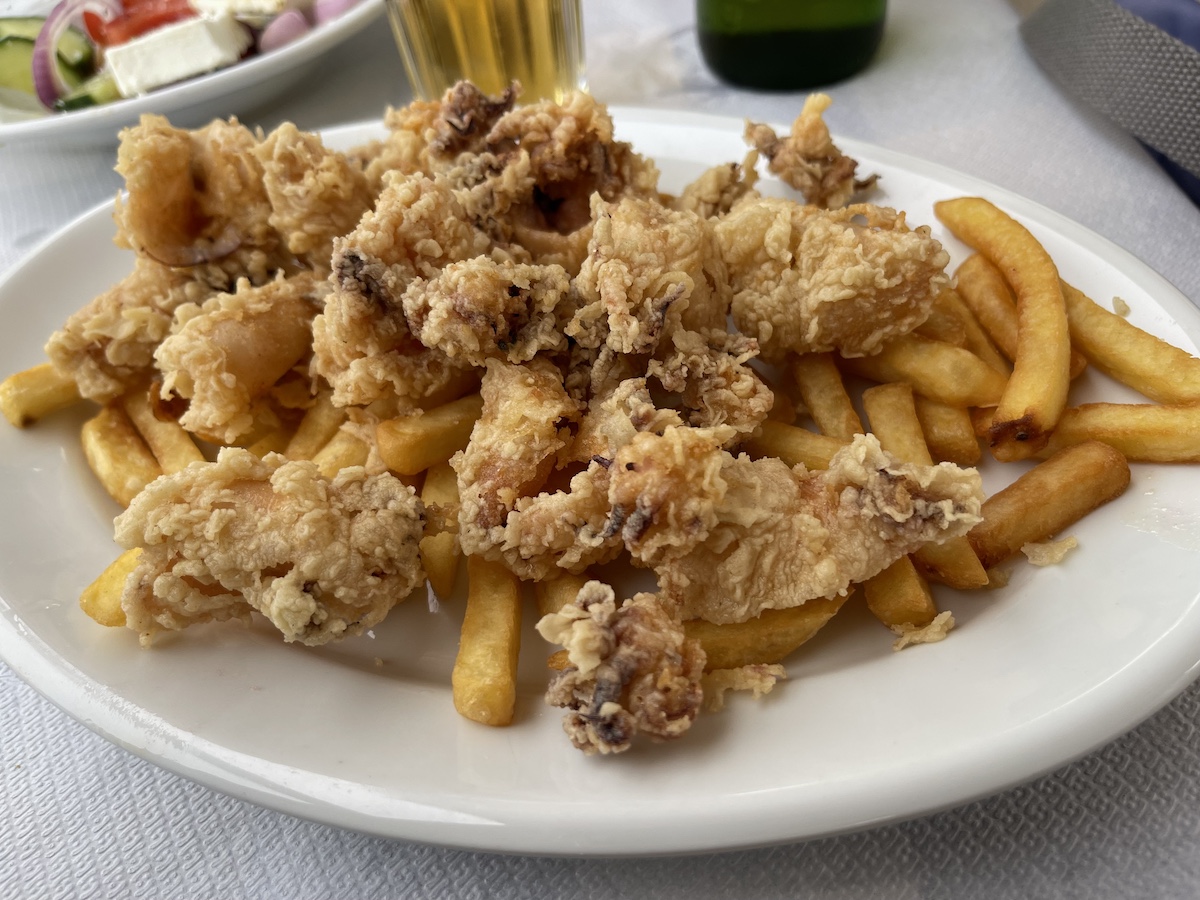
We opted for lunch at Barbas, where we sat right next to the water. Our fried calamari was delicately battered and went perfectly with a fresh Greek salad and some ice-cold brews. After lunch, we drove a short distance to Zaga beach, known to be one of the most beautiful in all of the Peloponnese. It’s a golden sandy beach with crystal clear water, gorgeous and well worth the few minutes’ drive.
Drive From Kalamata To Gerolimenas
For a little longer route of about two and a half hours, head down toward Geroliminas, south of Kalamata. There are some stunning stops along the way and even if you don’t want to go all the way down the coast, even just a few stops are worth the drive. This trip down the Mani peninsula was one of our favorite drives of the many picturesque coastal drives we took while on our visit to the Peloponnese.
Kardamyli
This scenic village has a small population of under 400 people but a fascinating history and beautiful views of the Taygetus mountains. There’s plenty to see and do in Kardamyli, with the town center full of boutique shops, restaurants, and bars to keep you busy.

There are interesting Byzantine churches and historical stone buildings made from local materials or head to the local favorite Ritsa Beach for lounging or swimming in crystal blue waters. If you happen to come in August, you can treat yourself to the Kardamyli International Jazz Festival, a highlight of the season.
Stoupa
A must-see in our opinion is Stoupa, a lovely seaside village, vibrant with natural beauty as well as a fun, inviting atmosphere. There are plenty of waterfront restaurants, bars, and cafés, and even though we were visiting during the off-season, they were full of happy patrons. Stoupa has two main beaches. Kalogria Beach is popular for its sandy shore, clear waters, and beautiful backdrop of the Taygetos mountains. It’s a Blue Flag beach, known for its quality, services, and safety. Stoupa Beach has plenty of things to do, with restaurants, bars, boutique shops, and more. Stoupa also draws visitors because of its literary connections. The author Nikos Kazantzakis arrived in Stoupa from Crete and there worked with Georgios Zorbas, who was the original inspiration for what later became his famous novel, Zorba The Greek.
Limeni
We got a tip to visit the tiny town of Limeni from John, the fellow we met at the Kalamata Central Market. He suggested it would be a great place to stop for lunch. He was right. Although Limeni has only about 100 residents, it’s a stunning village with some of the most beautiful crystal-clear water we have ever seen. It’s just a teeny-tiny place, really a cluster of a few homes and restaurants along the water’s edge. But if you’re willing to treat yourself to a splurge of the freshest fish and unforgettable waterside views, do yourself a favor and stop here.

Have lunch at Takis, and you’ll be sitting literally at the water’s edge. We’re told that in season, the sea turtles swim up right beside the restaurant.

We shared a fresh red snapper, a huge Greek salad, Greek garlic spread called skordalia, and some hearty bread. The sun glinting off the water, the scenic view, a kitty cat or two ambling around hoping for a nibble of the catch of the day was soulful and satisfying.
Areopoli
Just about 10 minutes before Limeni, Areopoli is an interesting stop as well. We wanted lunch first, so we backtracked to this picturesque village of stone buildings and narrow, winding streets that reminded us of the Schist Villages of Portugal. The town has several interesting features, including historical churches and a Byzantine museum housed in a stone tower. The main square is called the Square of the Immortals, commemorating heroes of the town who fought in the revolution against the Ottomans.

The Old Town is small but charming, with a few shops, tavernas, and boutique hotels. One note of caution: when driving, it may be best to find a spot to park and walk around the town on foot. The roads are unpredictably narrow and winding, we got stuck in more than one place, navigating to get ourselves out of an uncomfortably snug fit. GPS is not always so great in these small towns with small roads.
Gerolimenas
Our final stop on this scenic drive was the once-bustling commercial port and pirate stronghold, Gerolimenas, which now serves as a tranquil oasis for travelers. The small port town boasts a small pebbly beach and an assortment of restaurants and taverns with lovely views.
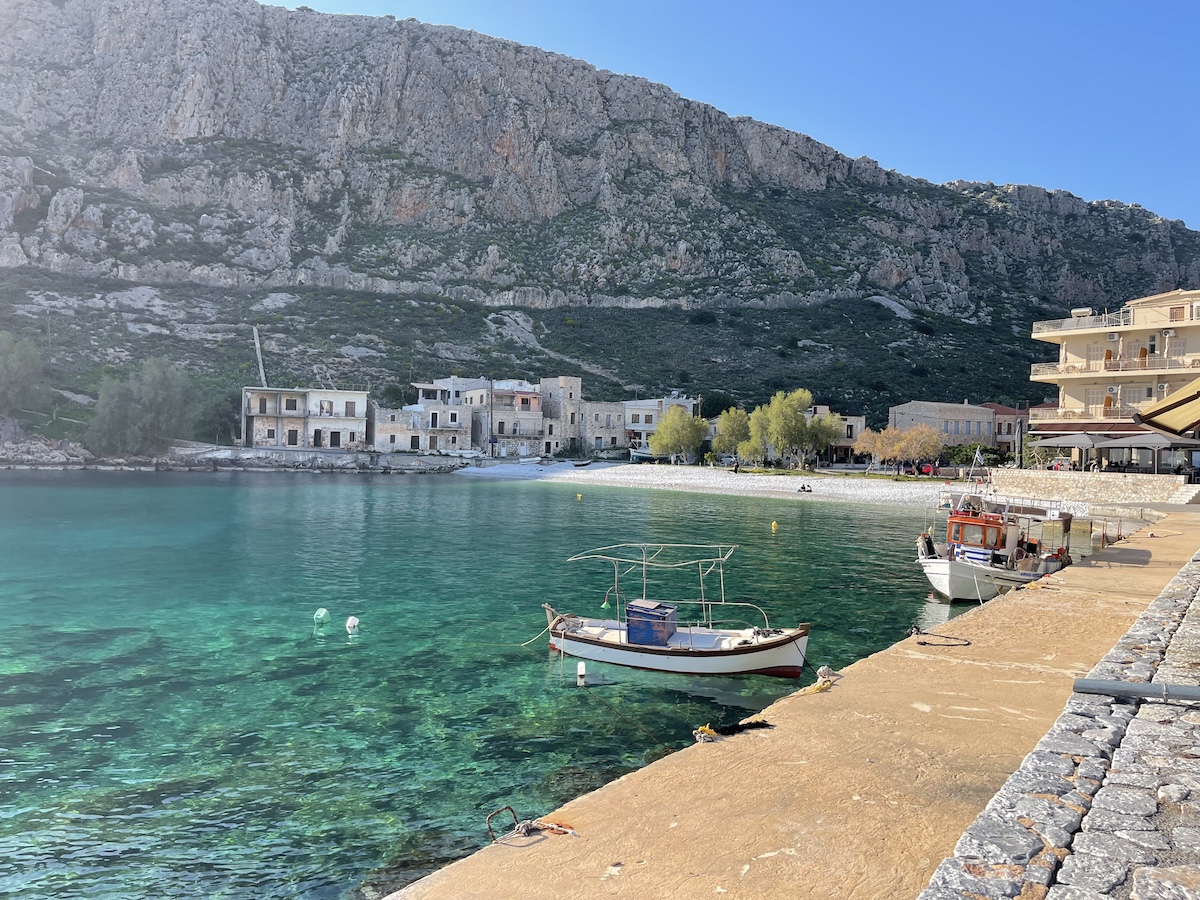
The village has a rich maritime past as it was a transit center where many goods left Mani headed for the markets abroad. If you’re interested in geological attractions, the world-famous Diros Caves are just a short drive away. There’s not much here for shoppers, but it’s a lovely place to relax and indulge in fresh seafood at one of the waterfront tavernas while watching a stunning sunset over the Aegean.
Polylimnio Waterfalls
To see some of the wonders that nature has given to the Messinia region, you’ll want to take in the Polylimnio Waterfalls, just about 45 minutes from Kalamata. There are several ways to experience the falls, but some require more hiking than others; even the least demanding would qualify as moderate. It’s advisable to wear very sturdy shoes and take some water with you if it’s warm weather.

However, if you choose to take the trek, the falls provide a wonderful reward for your effort. This group of 15 different lakes and waterfalls goes through canyons and over cliffs, cascading through crevices and into plunge pools. Some of them require great agility and dexterity to reach, and we didn’t see all of them. But what we saw mesmerized us and was well worth the drive. If you want to be sure to see the best of everything, there are tours such as this with guides who will make sure you get to experience it all.
Ancient Messene
One last drive that was a highlight of our visit was a road trip to the archaeological site of Ancient Messene. About a 40-minute drive through some winding roads, this Unesco World Heritage Site is spectacular. Located in a valley below Mount Ithome, the remains of this important settlement are easy to see and explore. Among the many structures and remnants are a stadium, gymnasium, monuments, theater, agora, and temples.

It’s quite stunning to see so much of ancient history in one place and to imagine the lives that were lived among what are now ancient ruins. You’ll come in from the top area and walk downhill to many of the structures, so be sure to wear sturdy shoes, and if it’s hot out, bring water and wear a hat. Just outside the entrance to the site is a small museum containing items and replicas of statues, sculptures, structural elements, and artifacts from Ancient Messene. The admission ticket to the archaeological site also includes admission to the museum. We enjoyed seeing the pieces up close and learning even more about the civilization that created these important reminders of the past.
My Peloponnese Vibe Includes Drives
Growing up in Los Angeles, I spent a lot of my time in a car. Driving adds so much to my experience of a place. Fortunately, Kalamata and Messinia have plentiful opportunities for fun, interesting, and memorable drives. We’d recommend that if you have a car, you explore some of the area with drives like these and gain an even richer experience during your visit.

Just beware that you may not be able to speed along some of the roads. You may experience traffic in the form of sheep or goat herds like we did! No matter; it’s all about the journey, not the destination.








